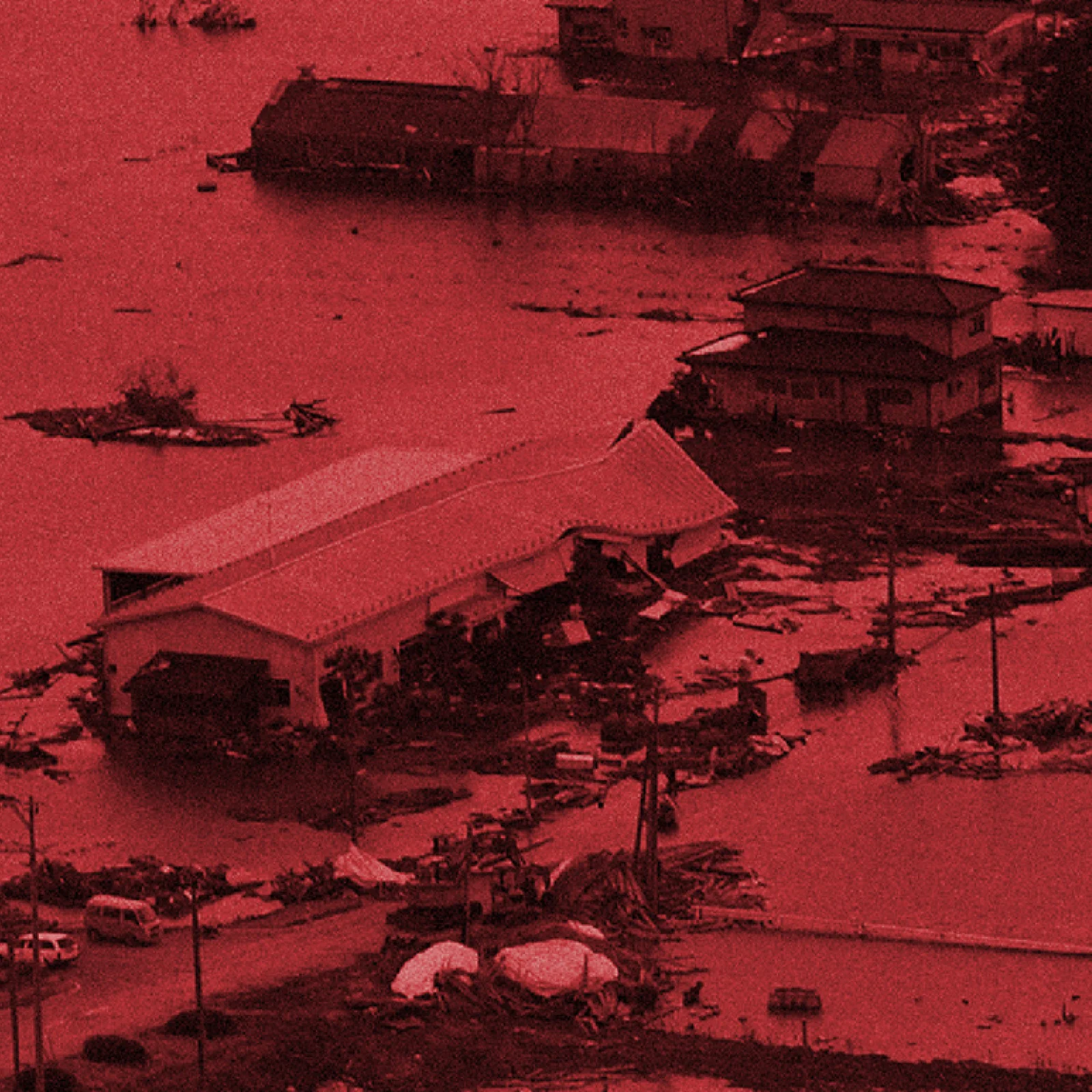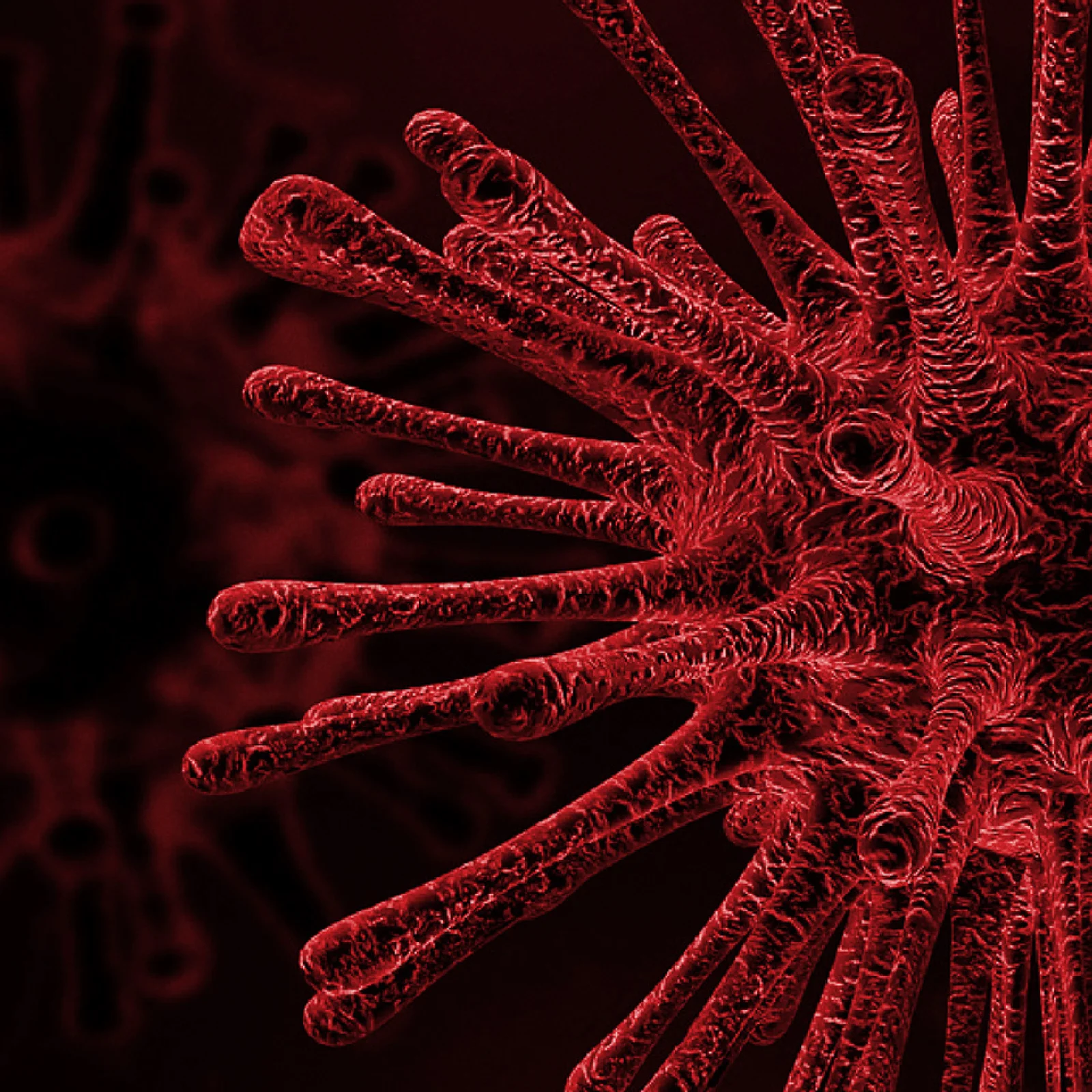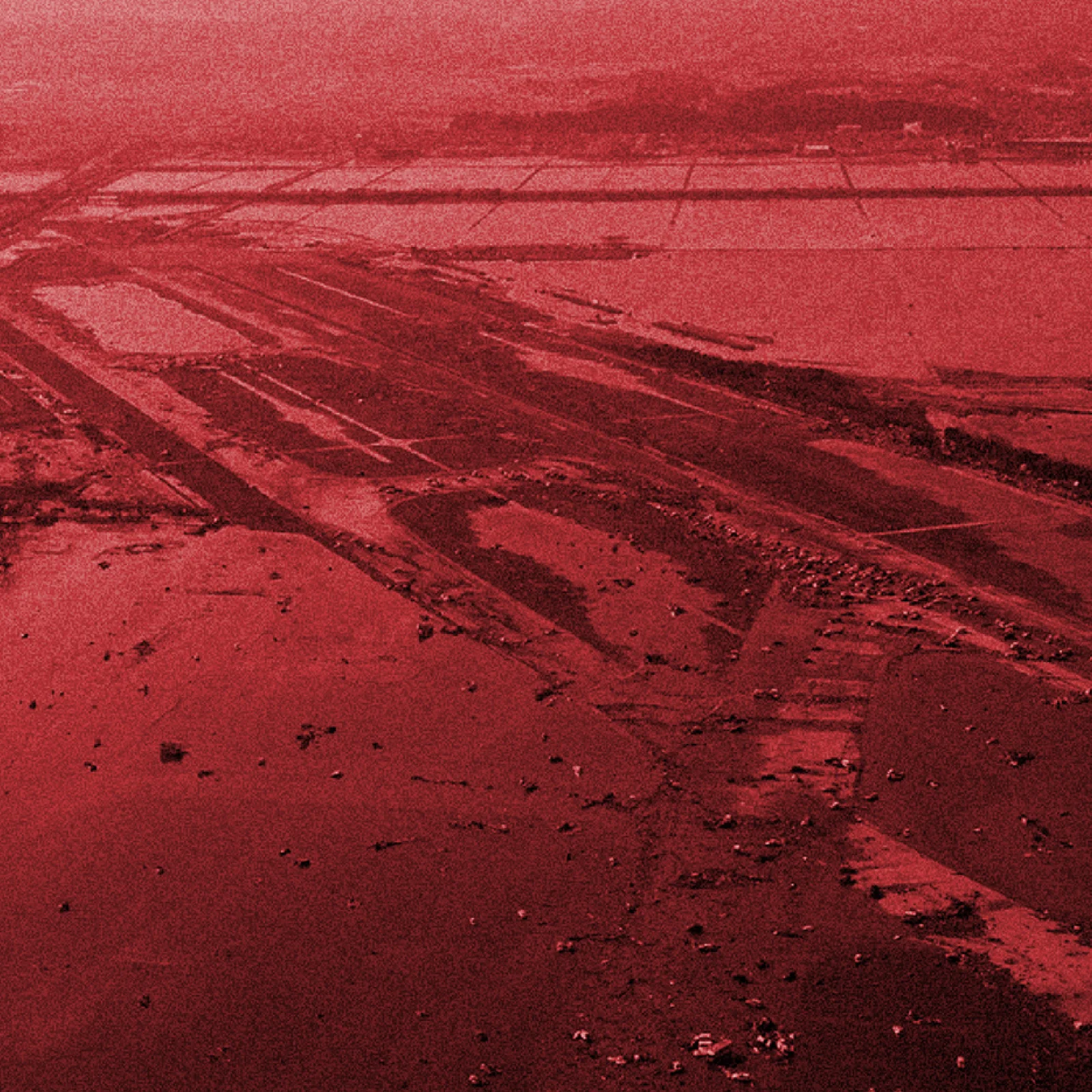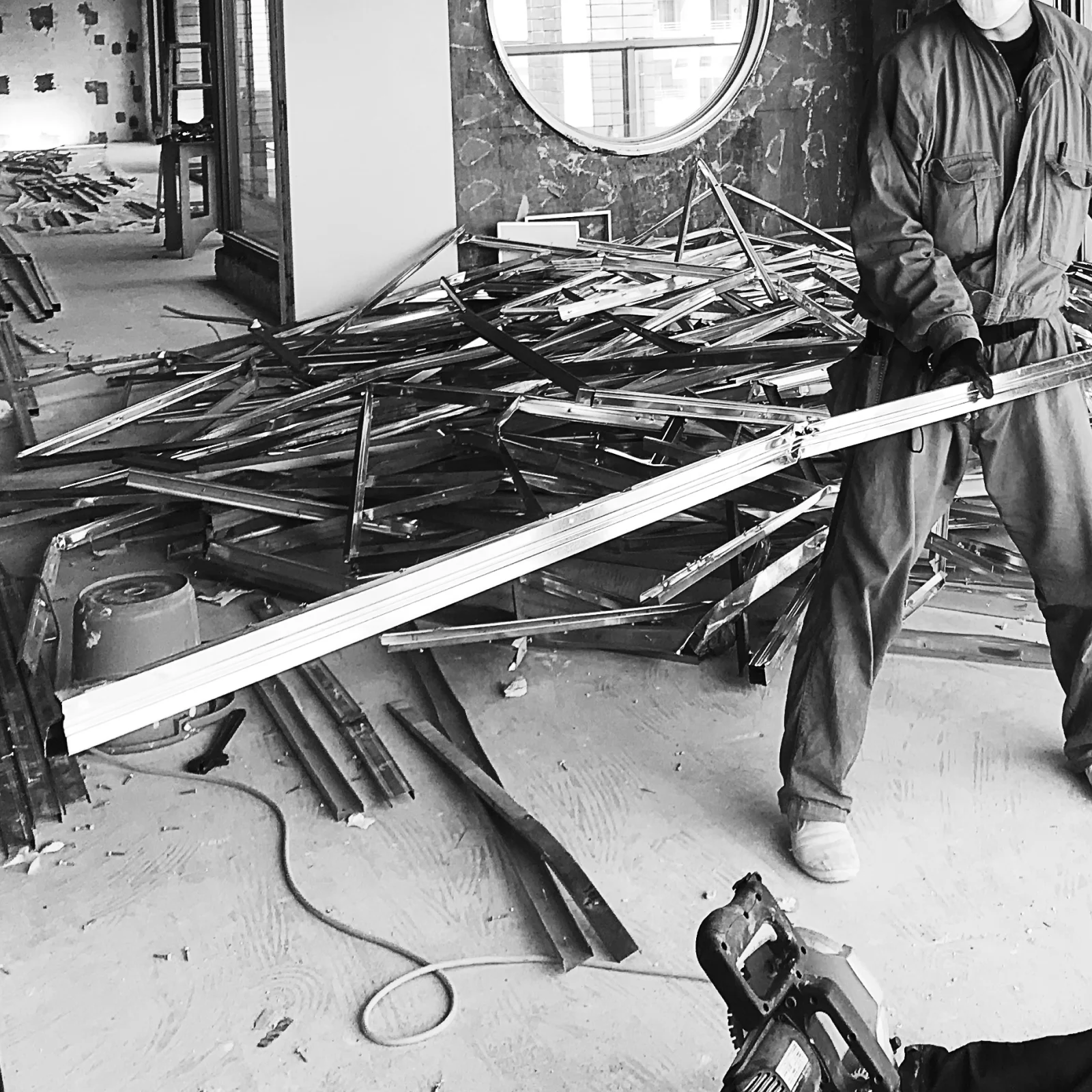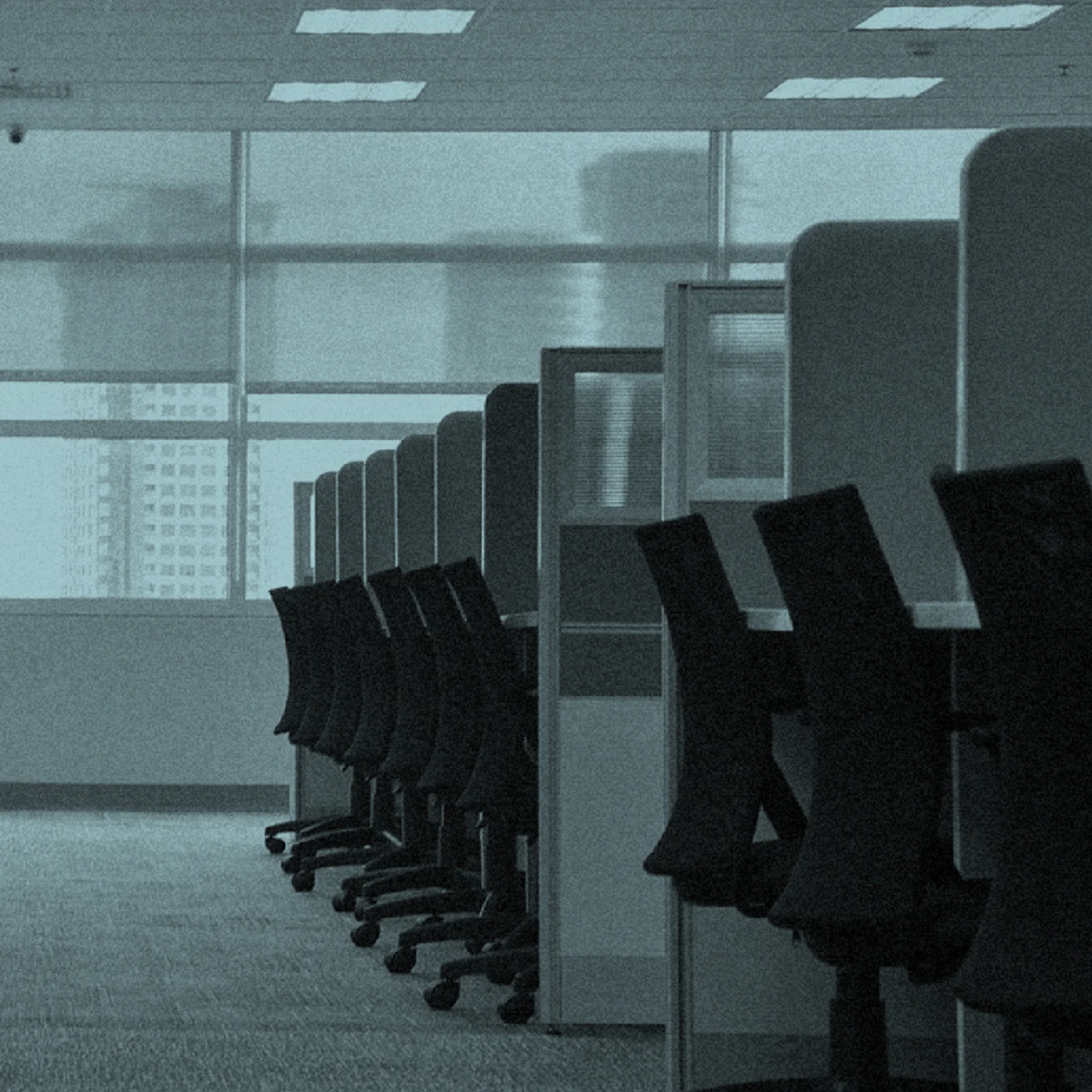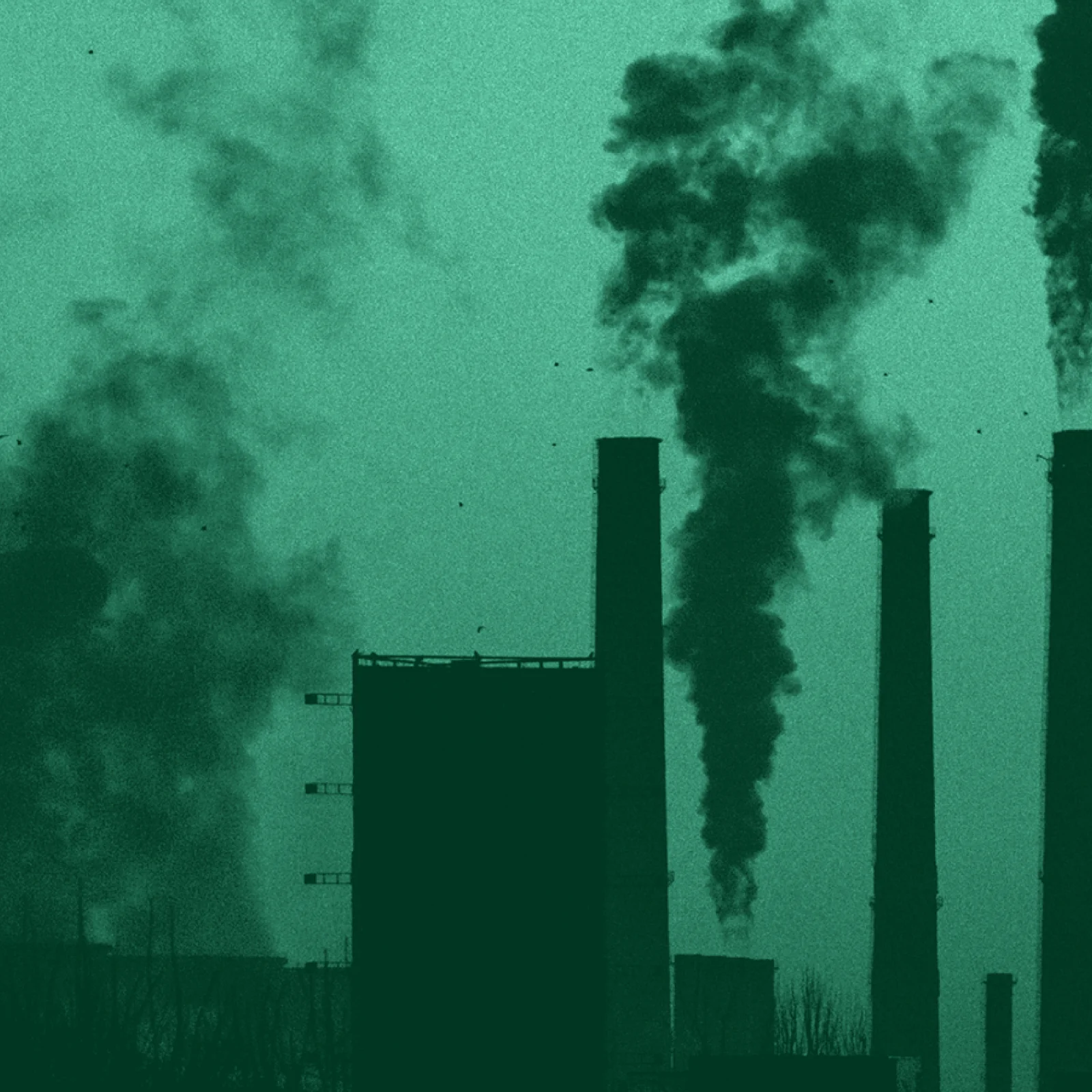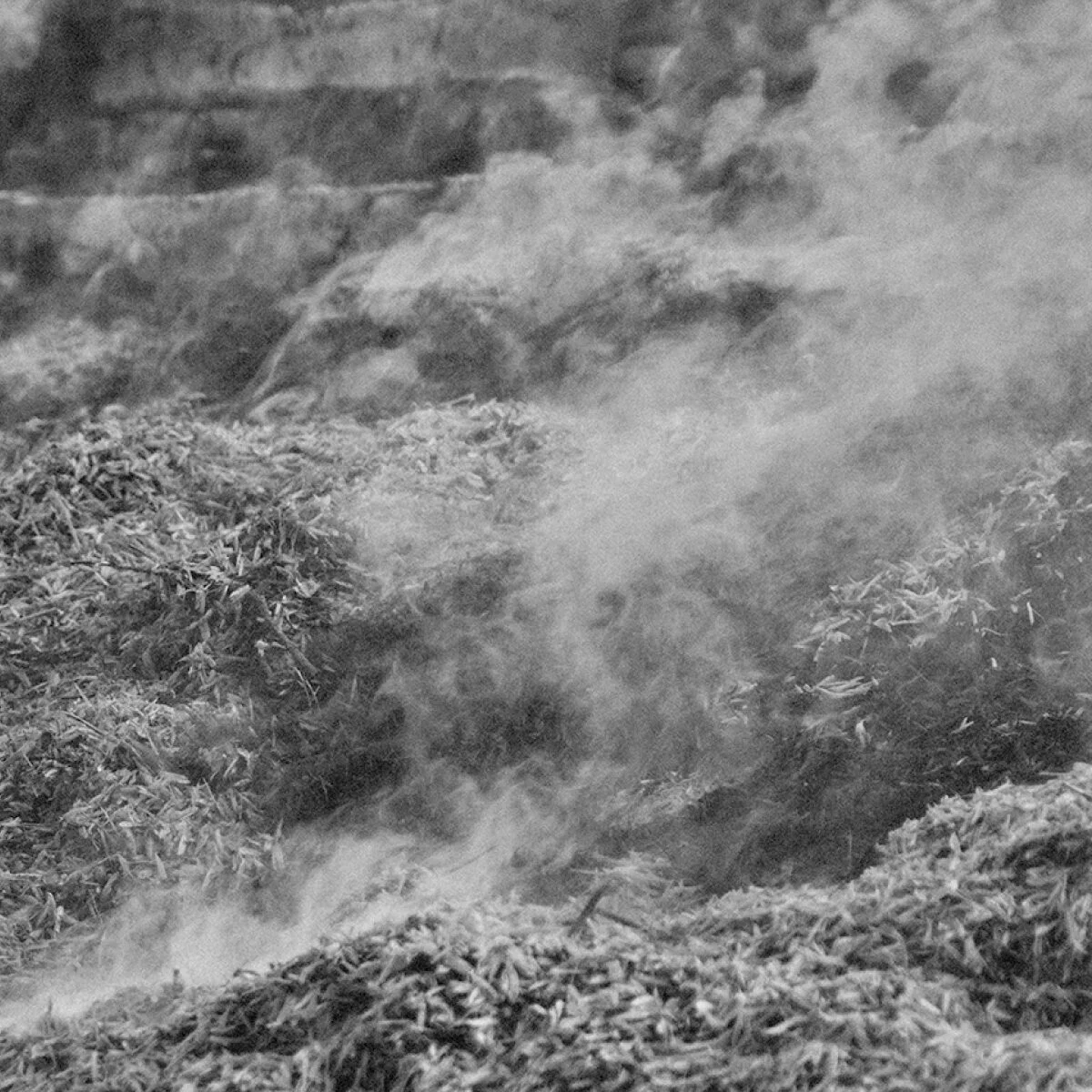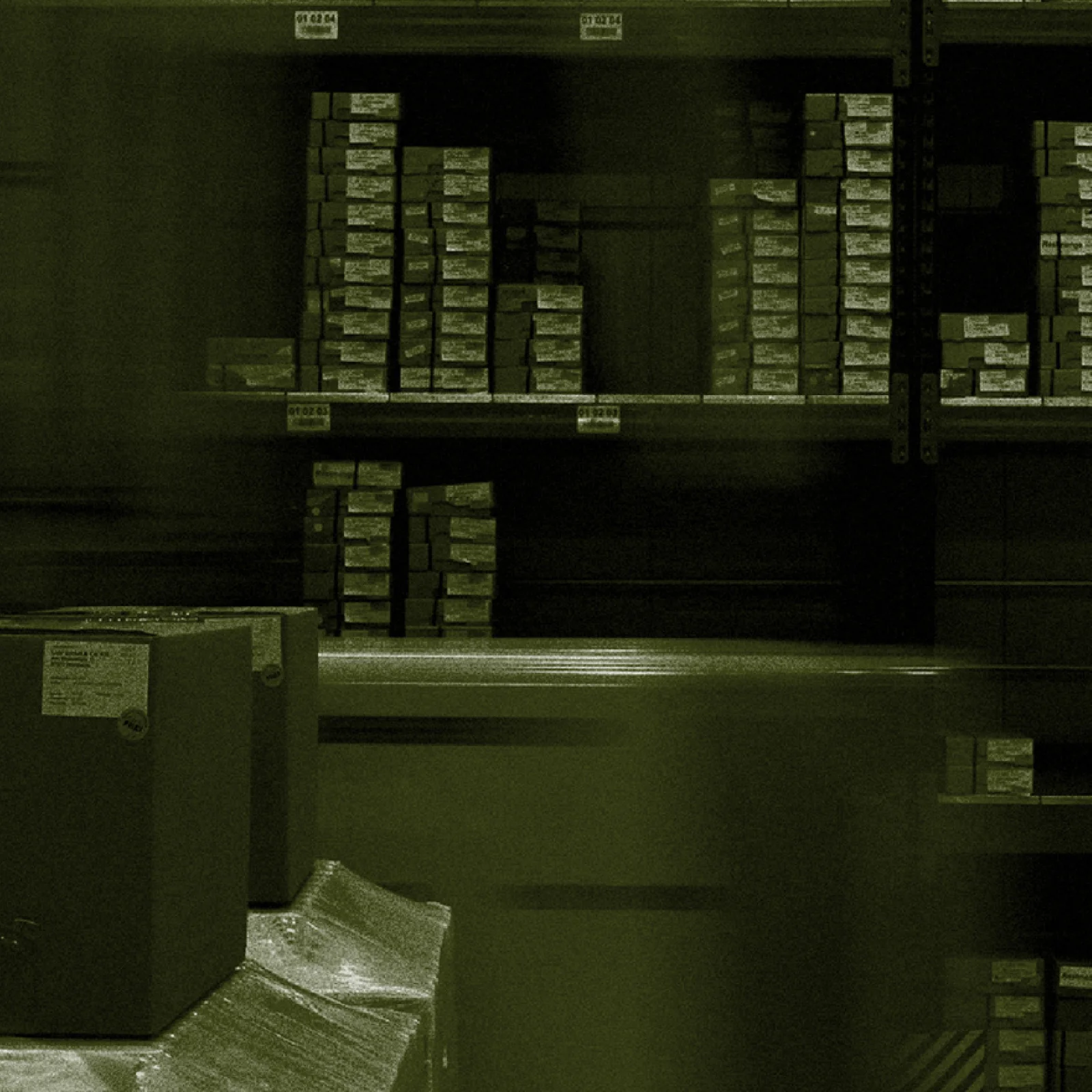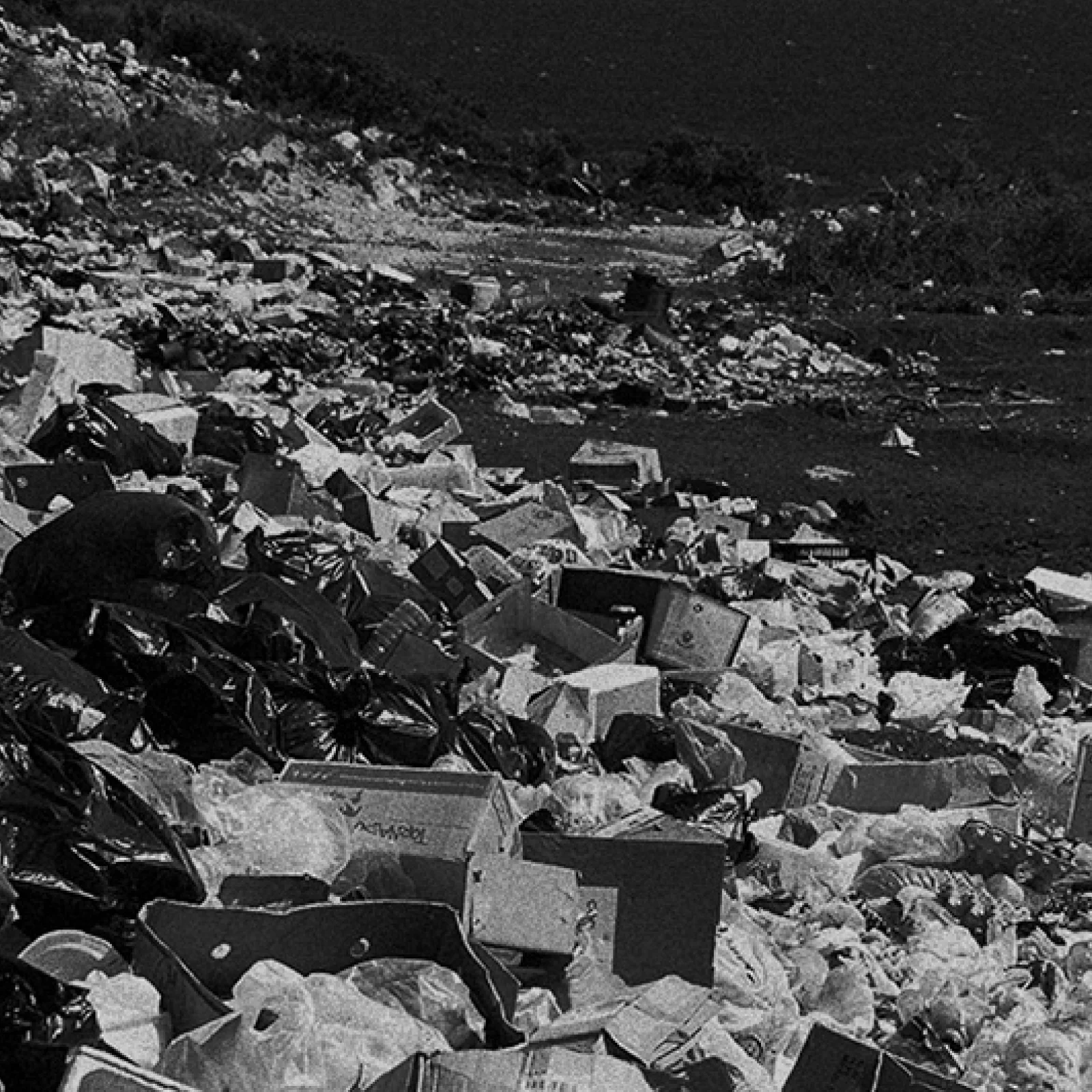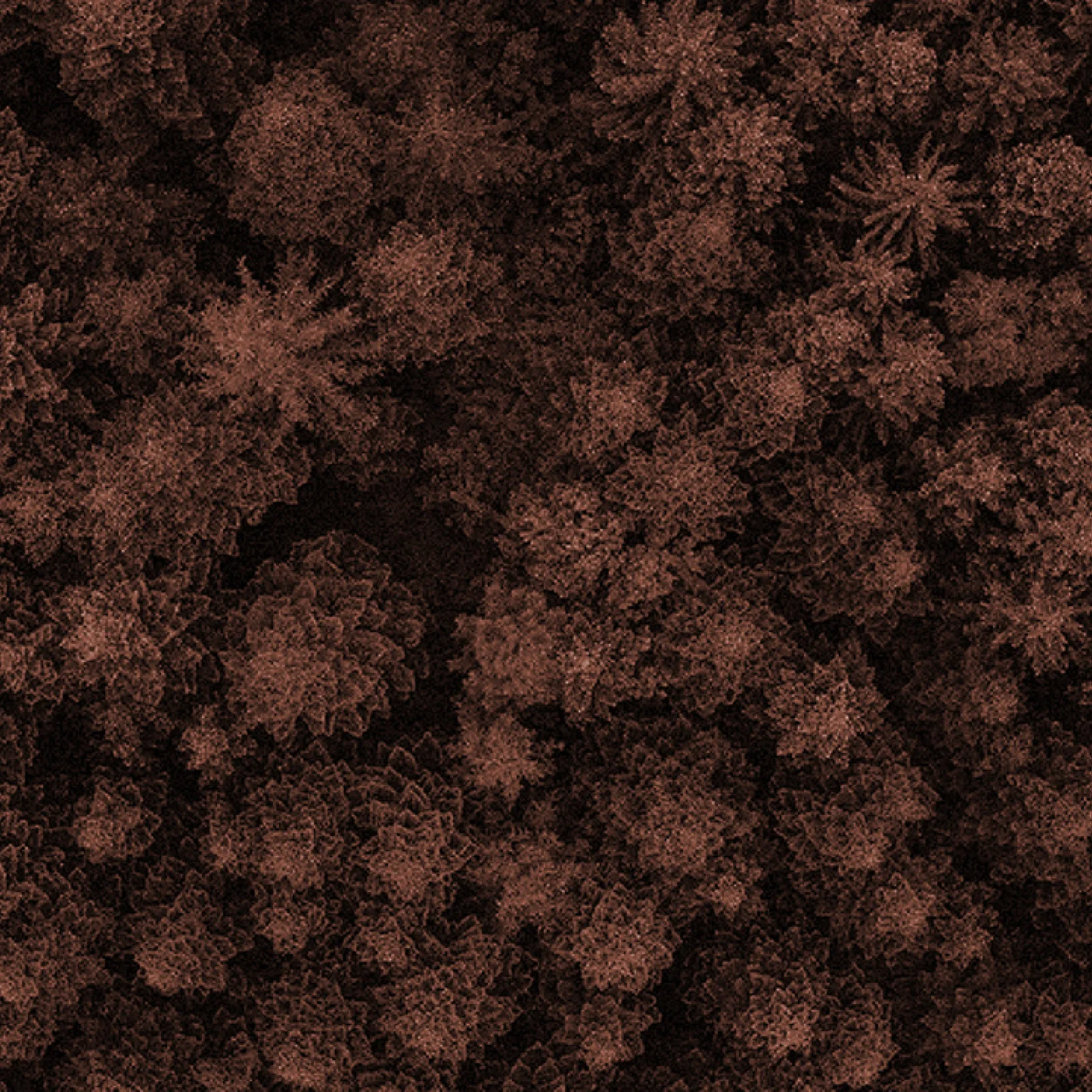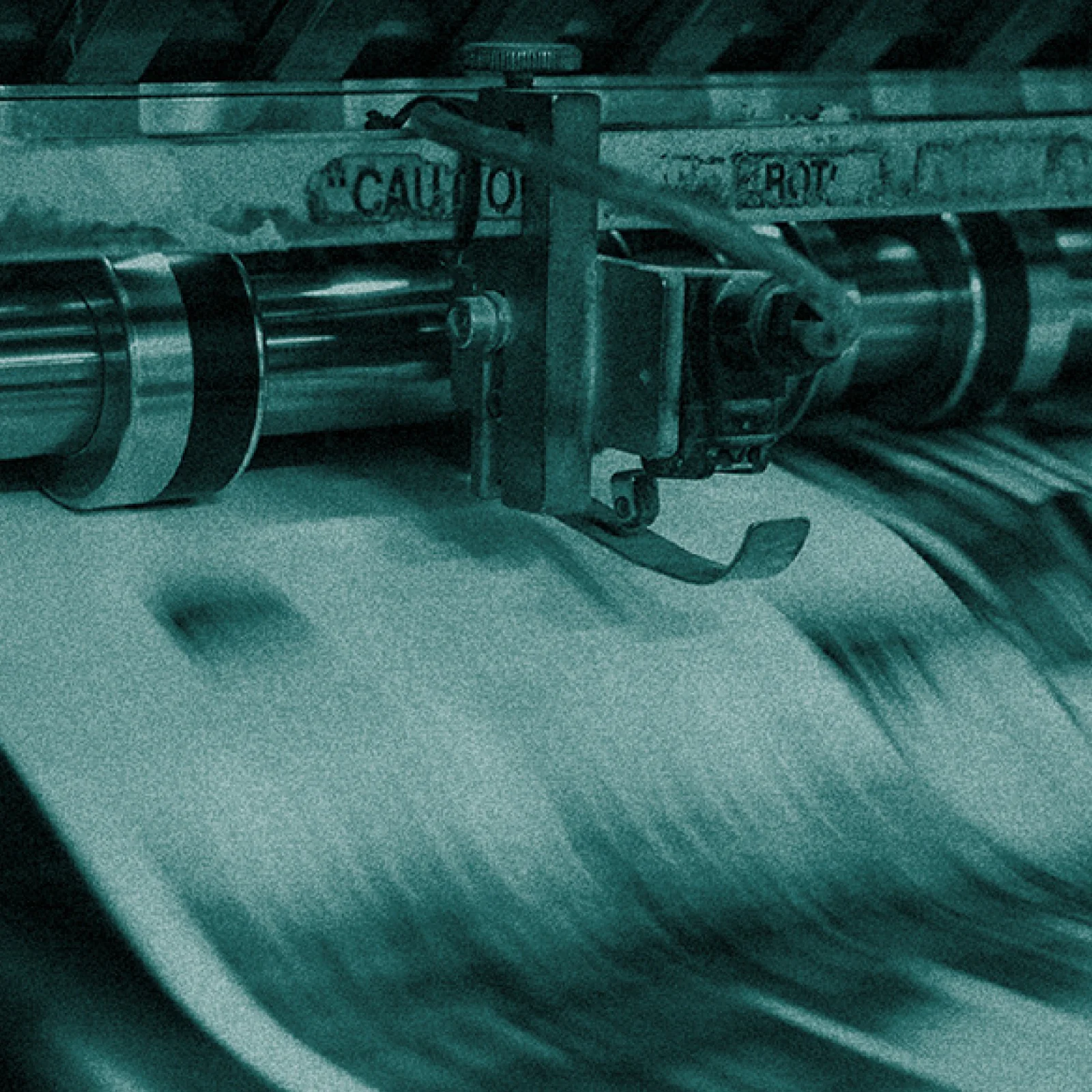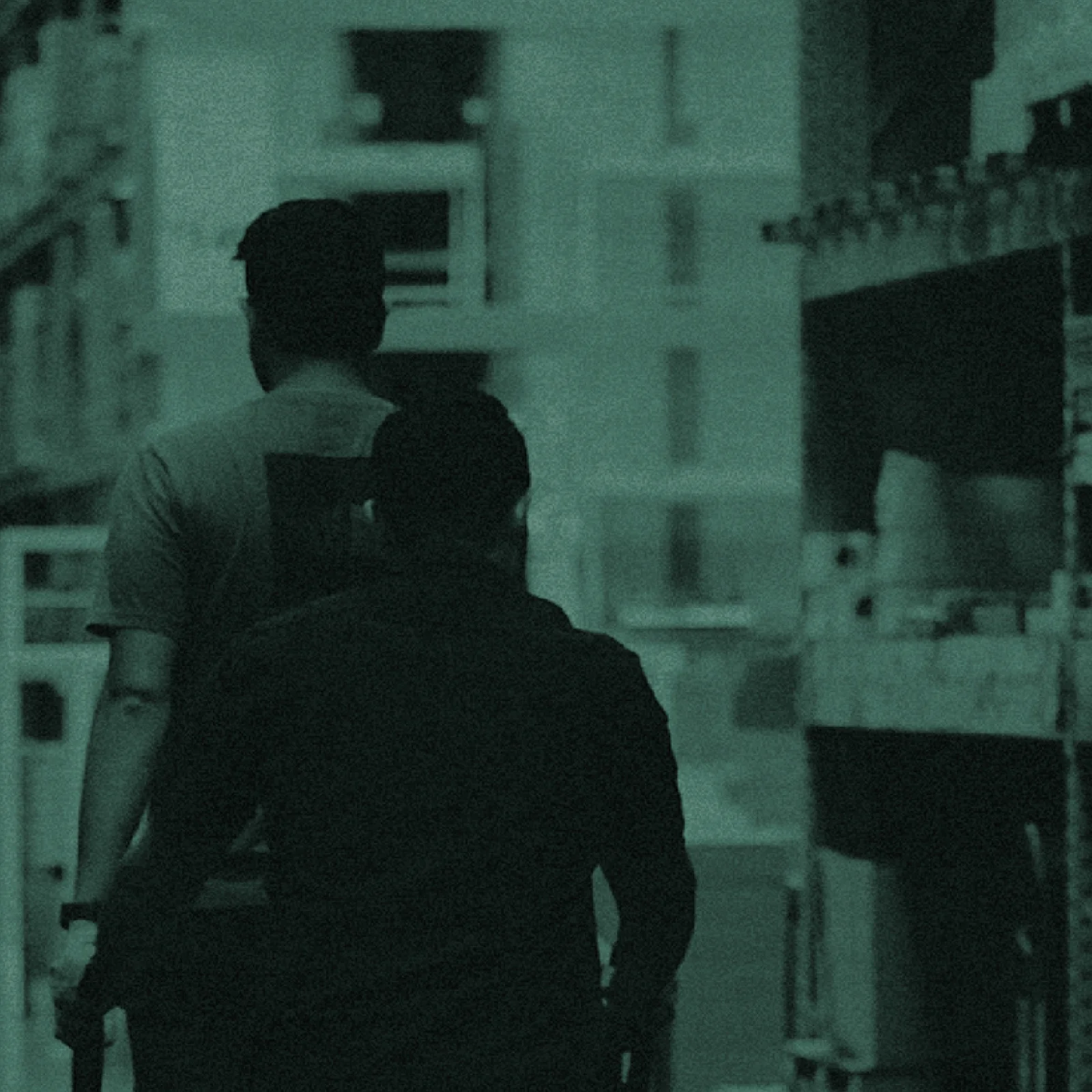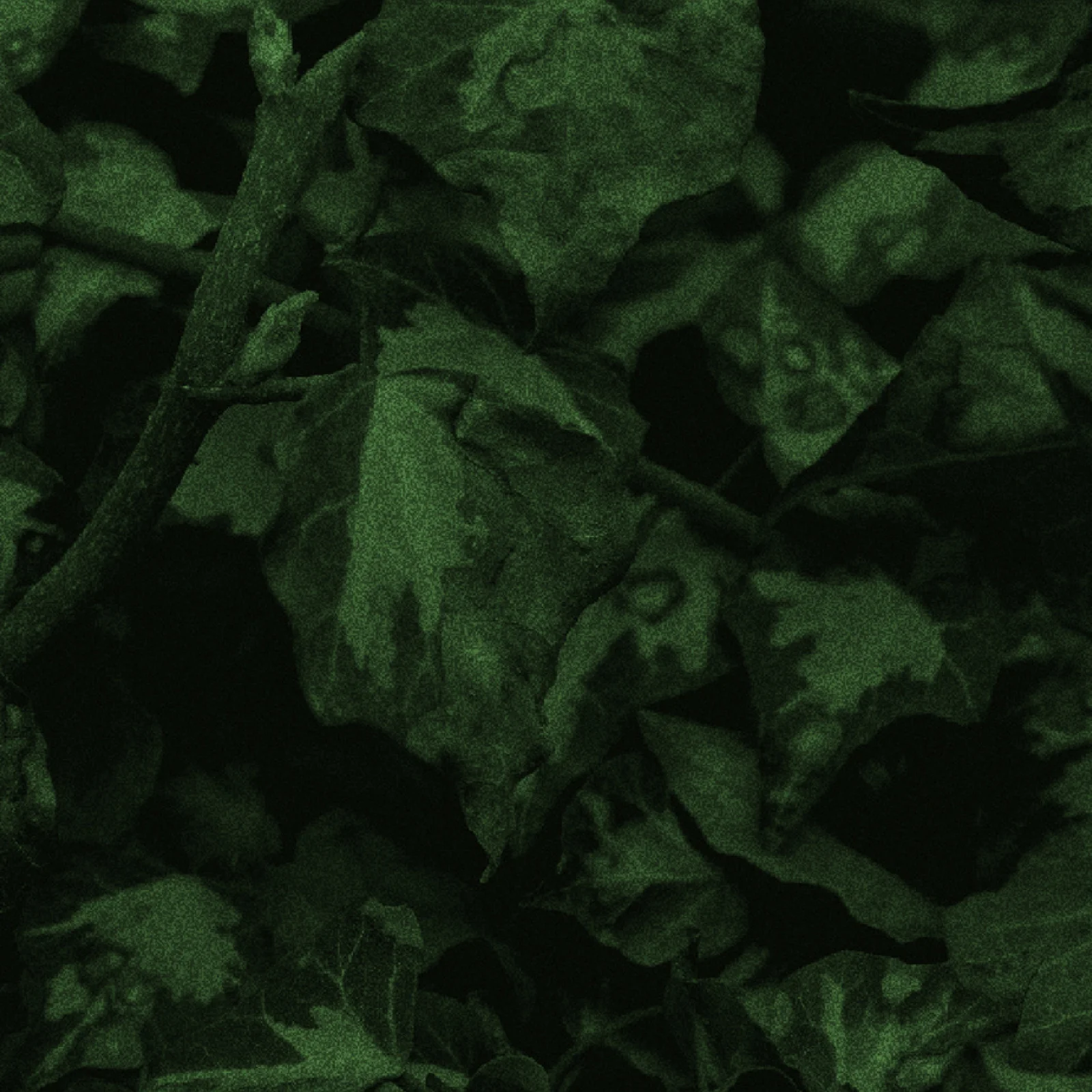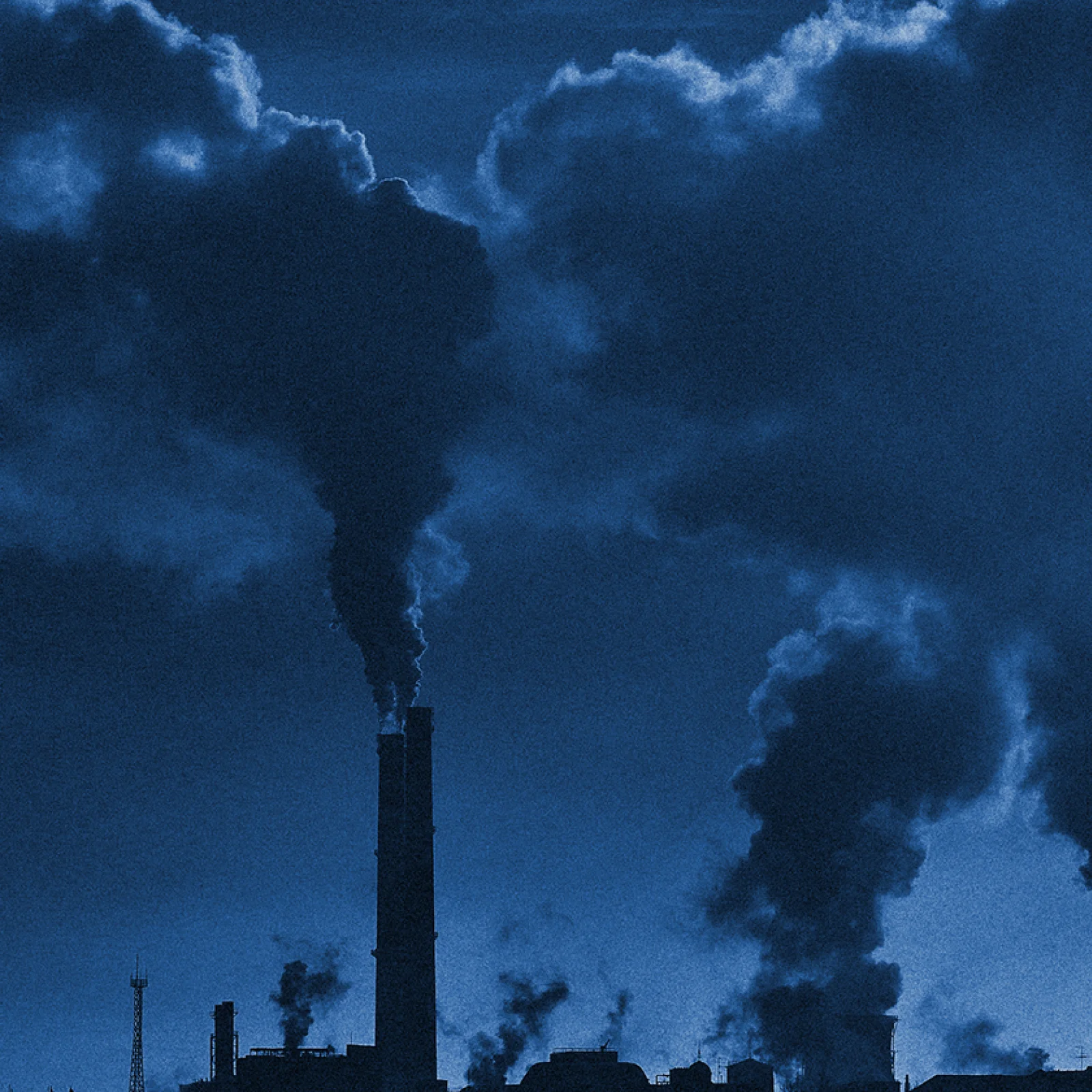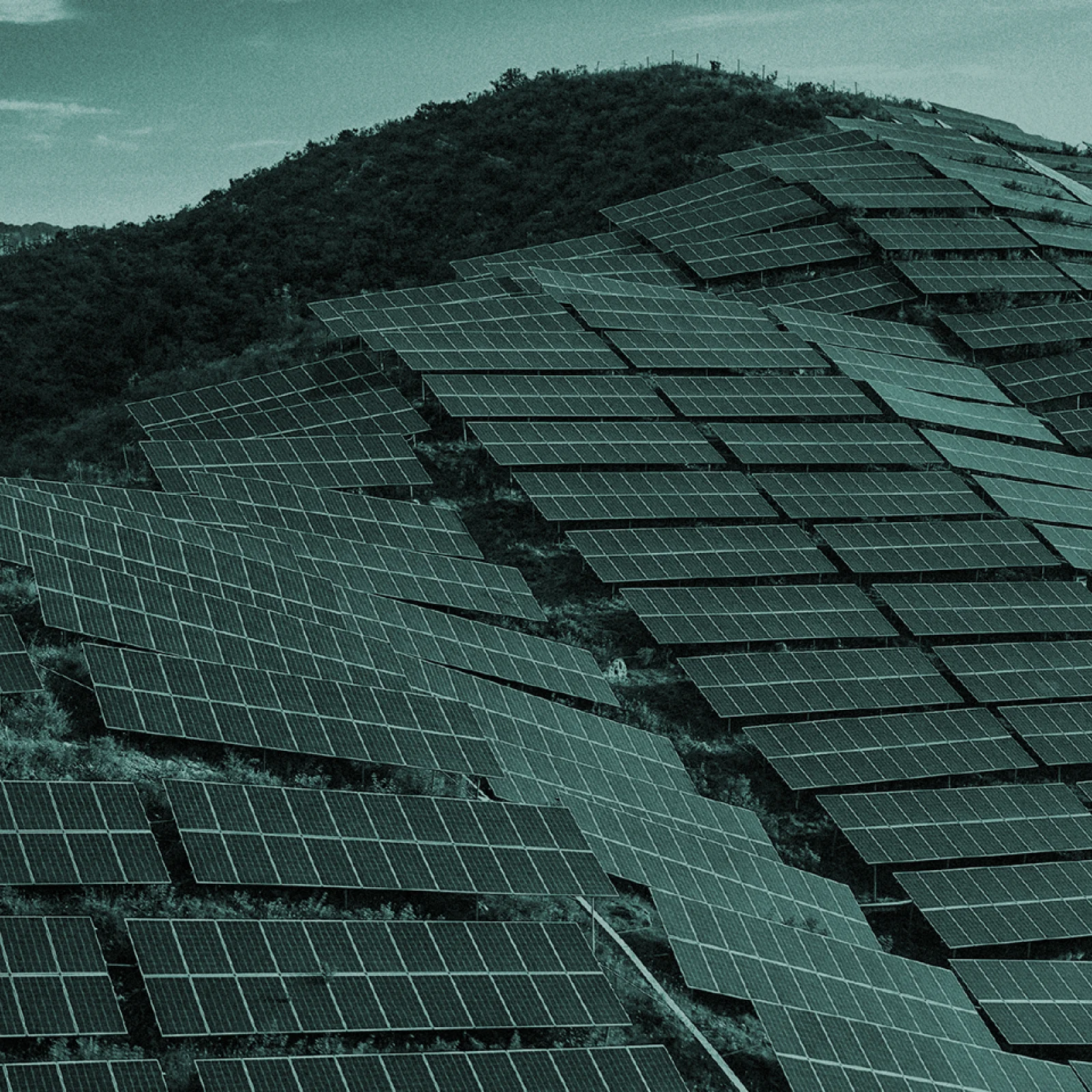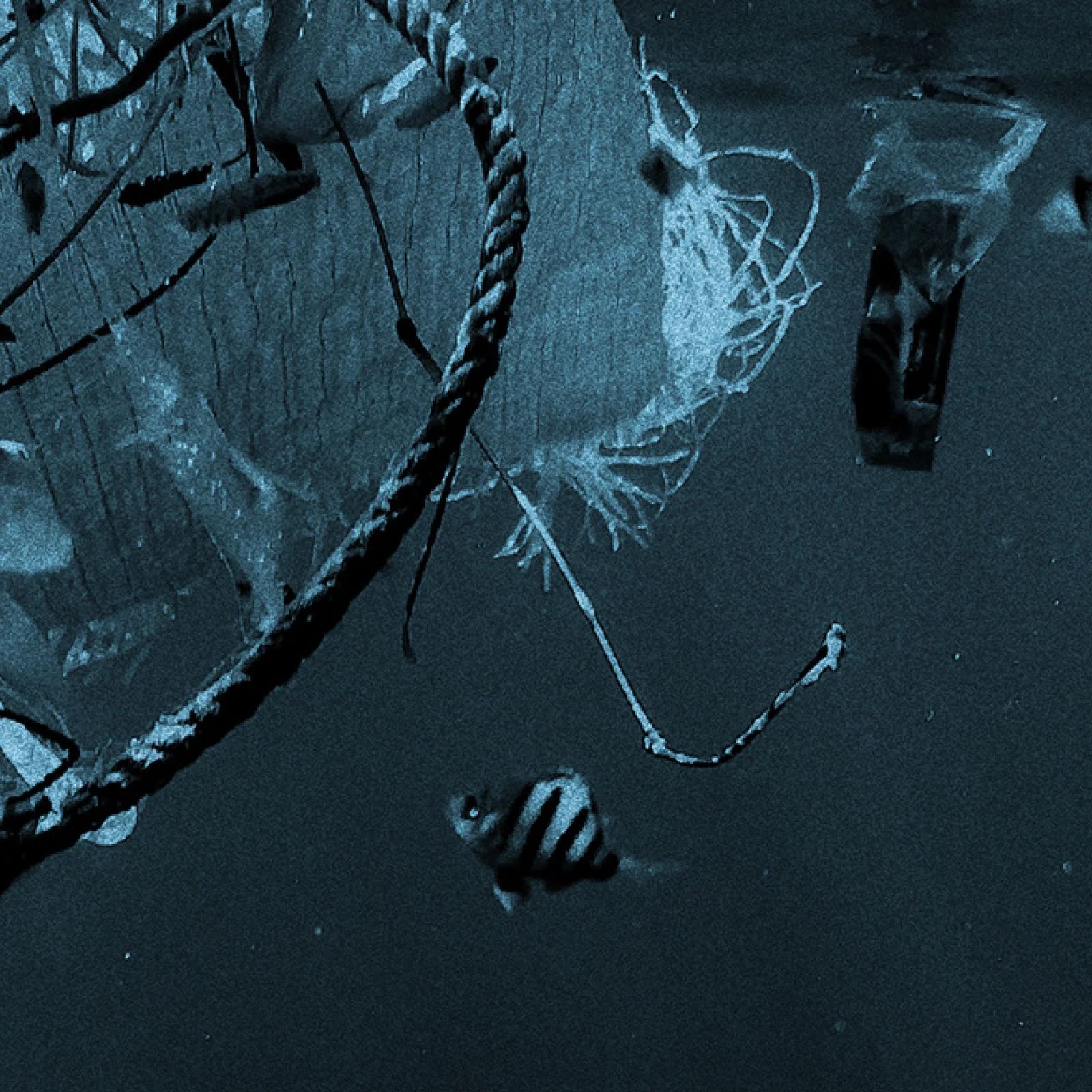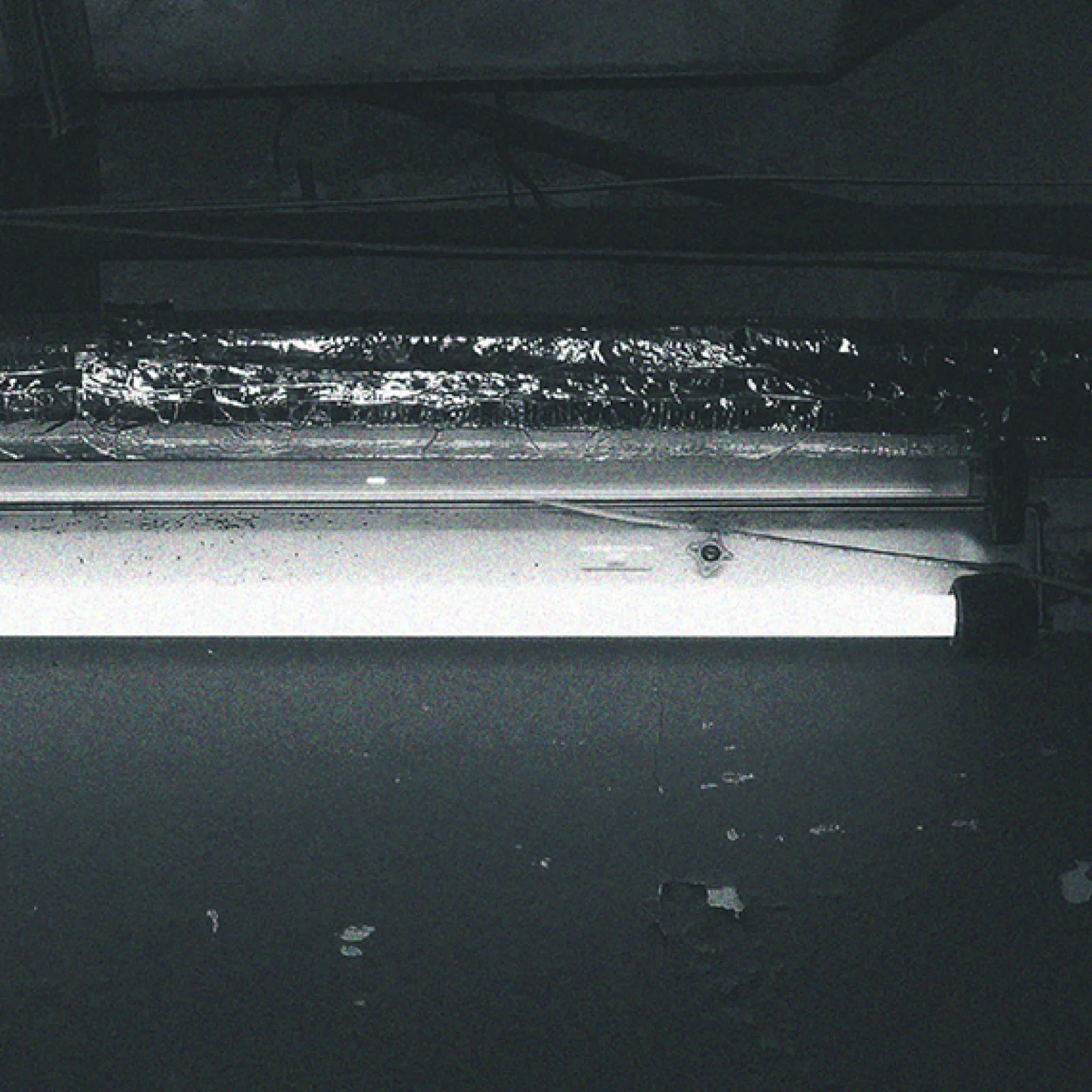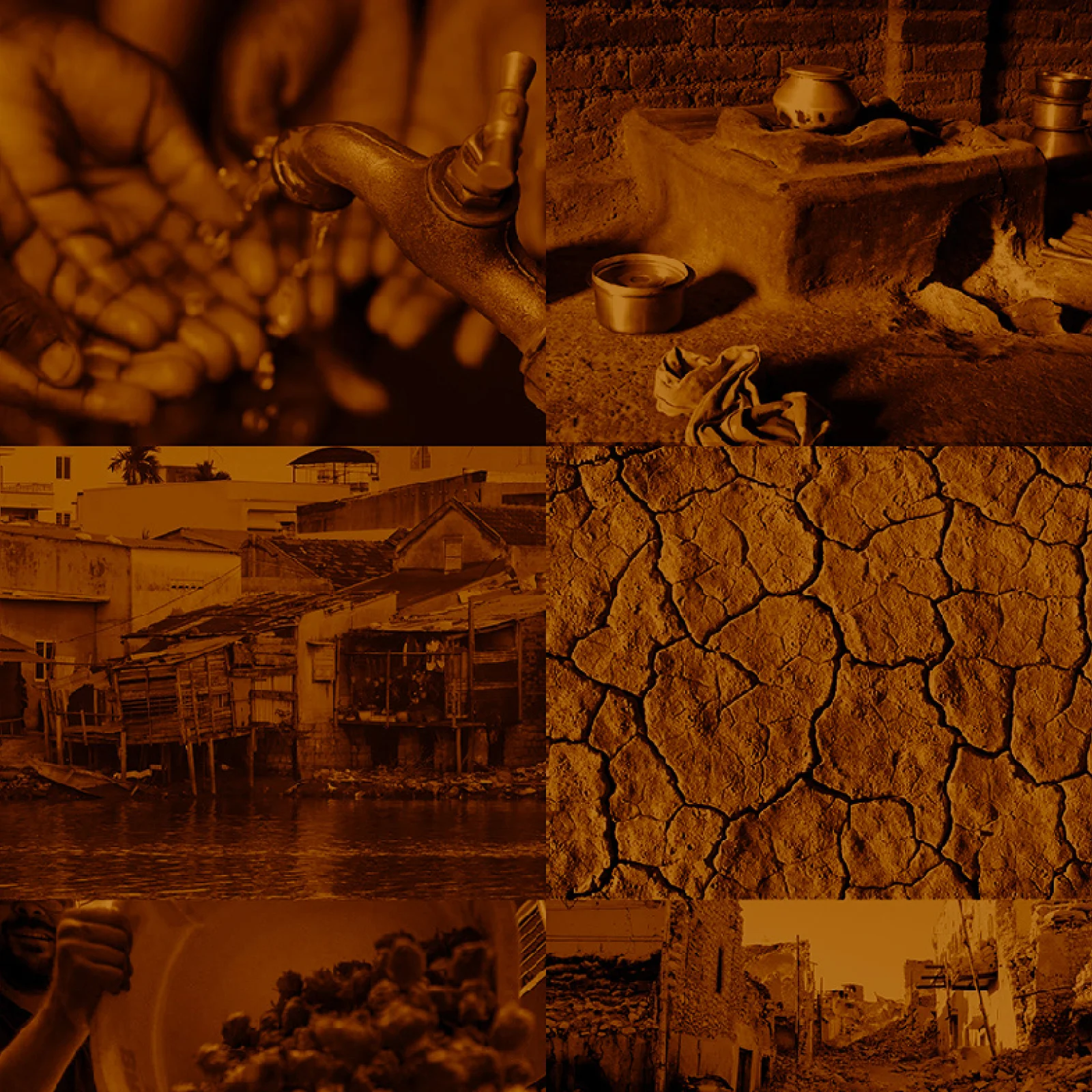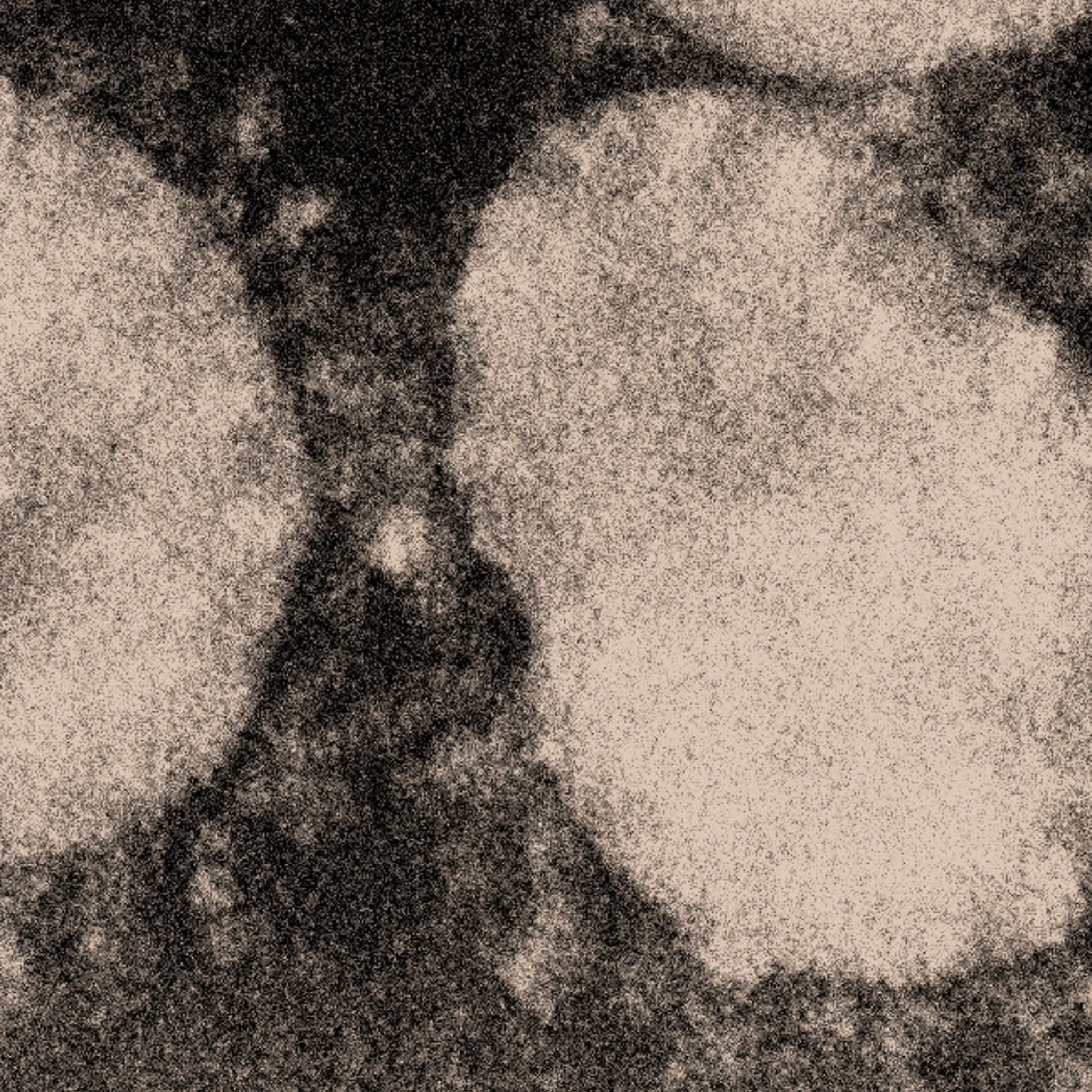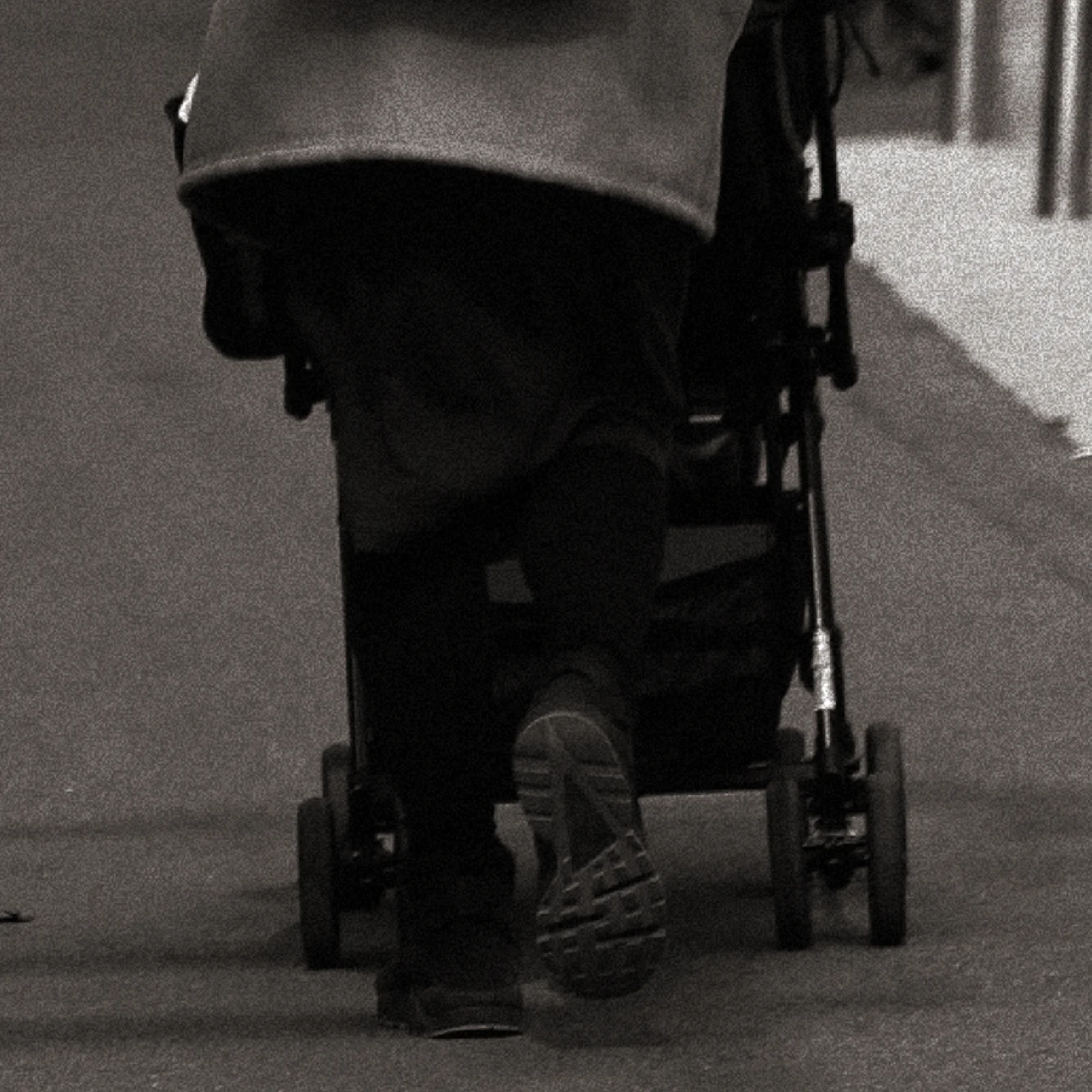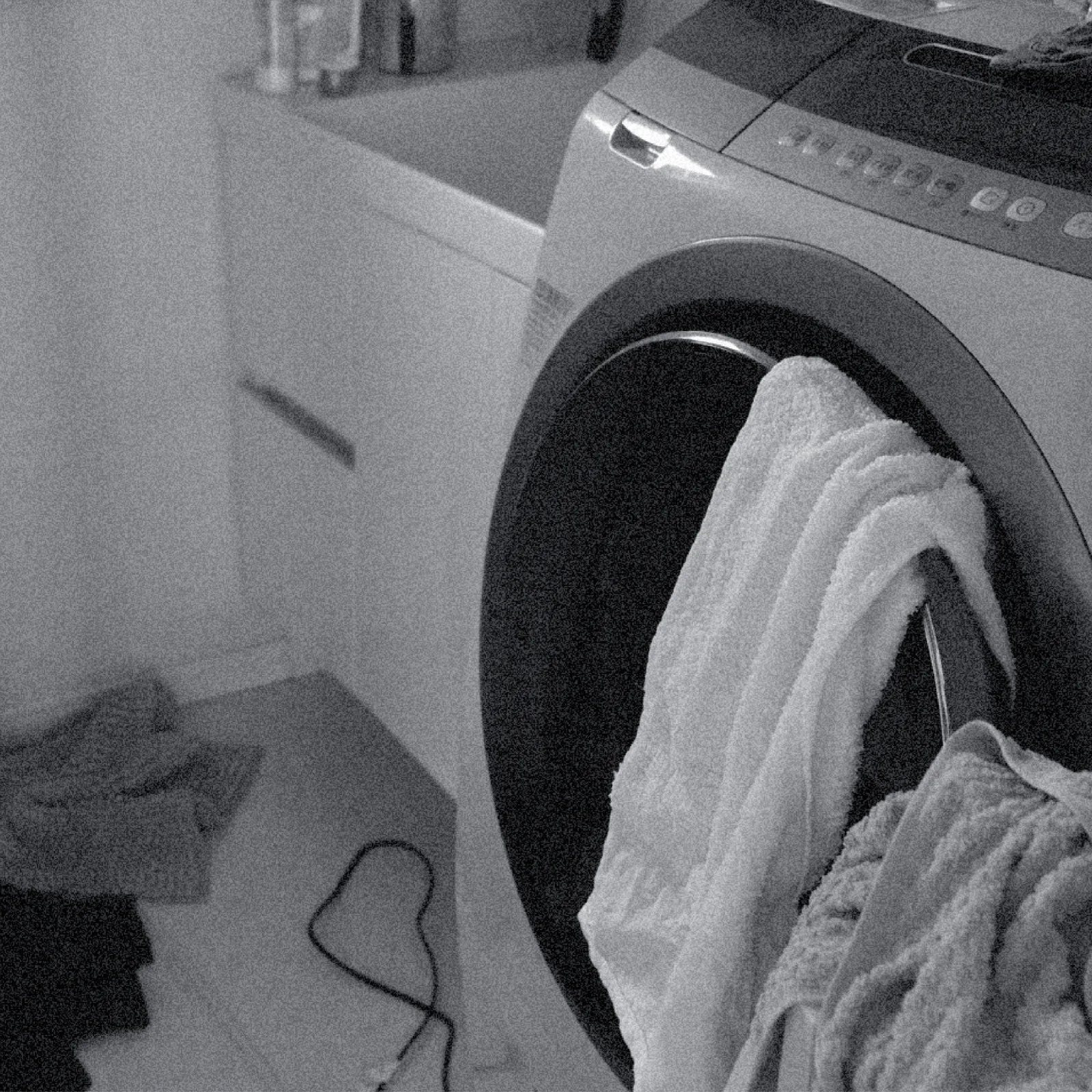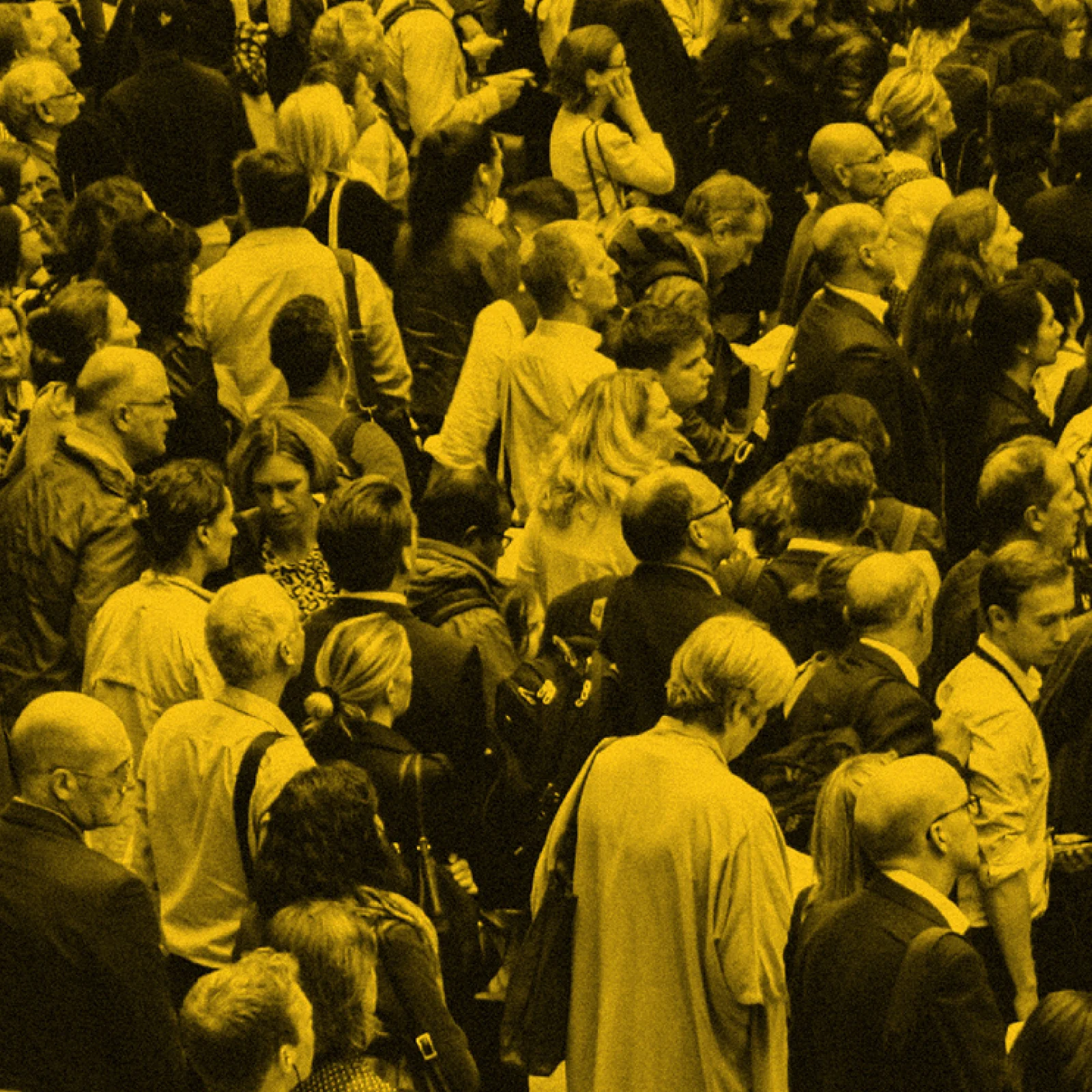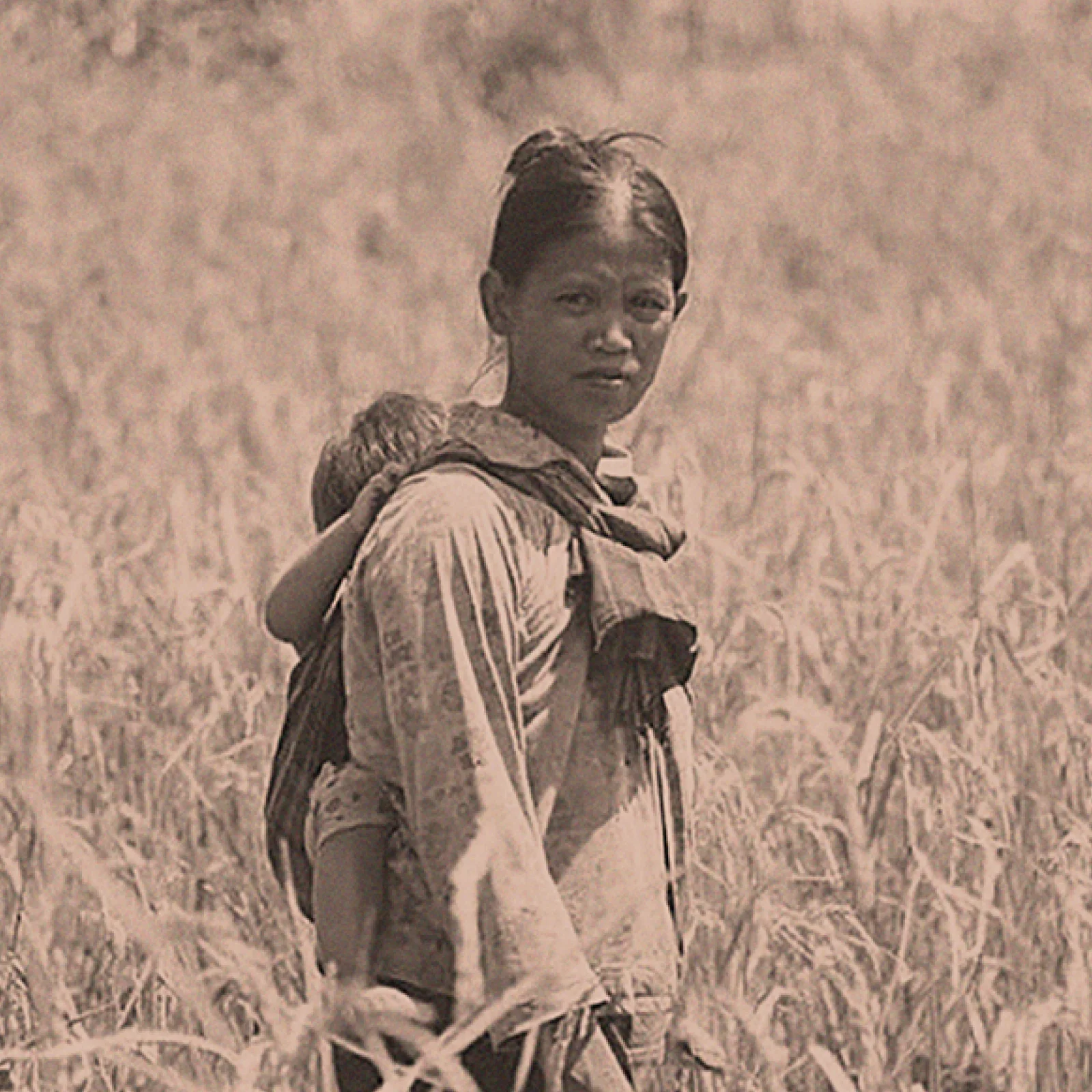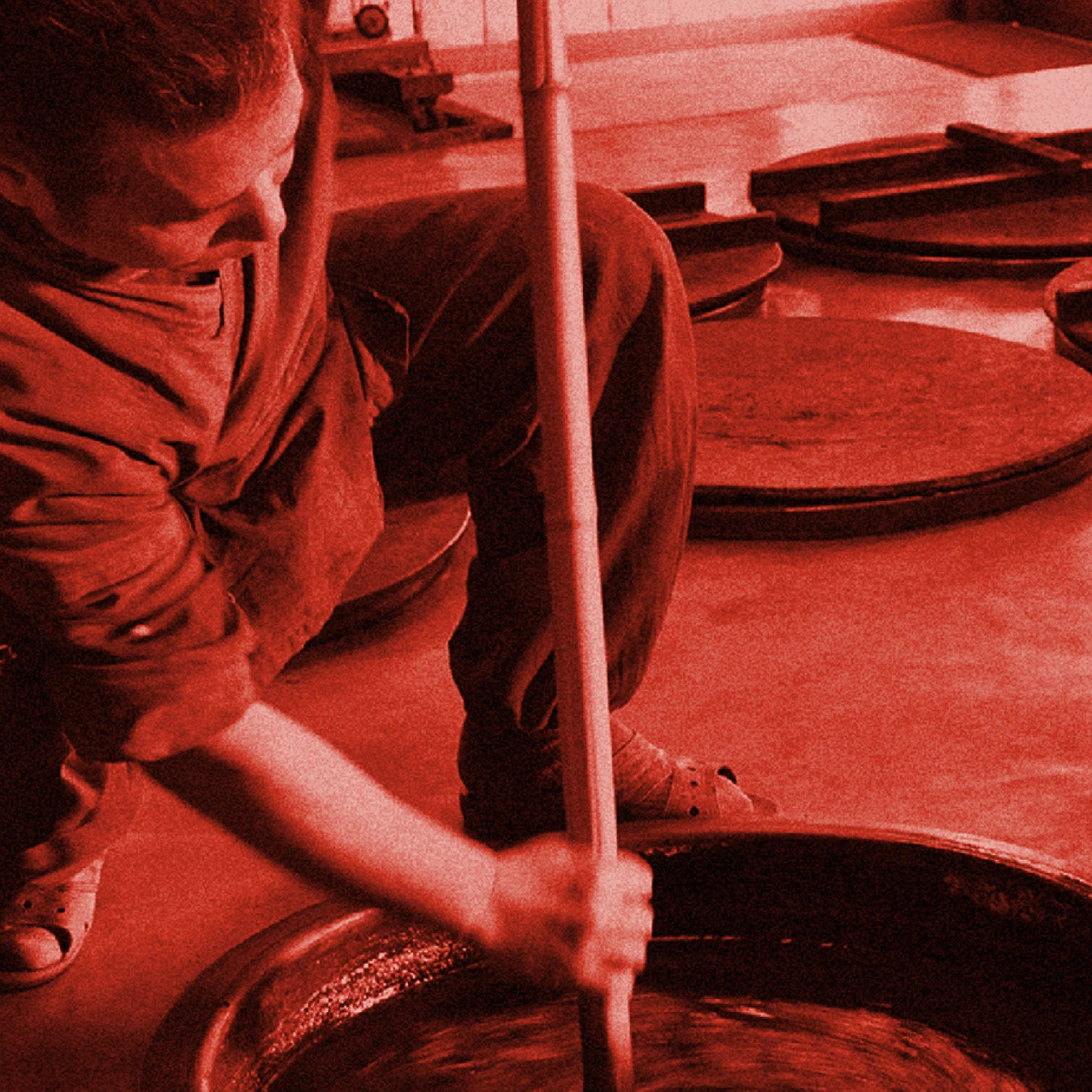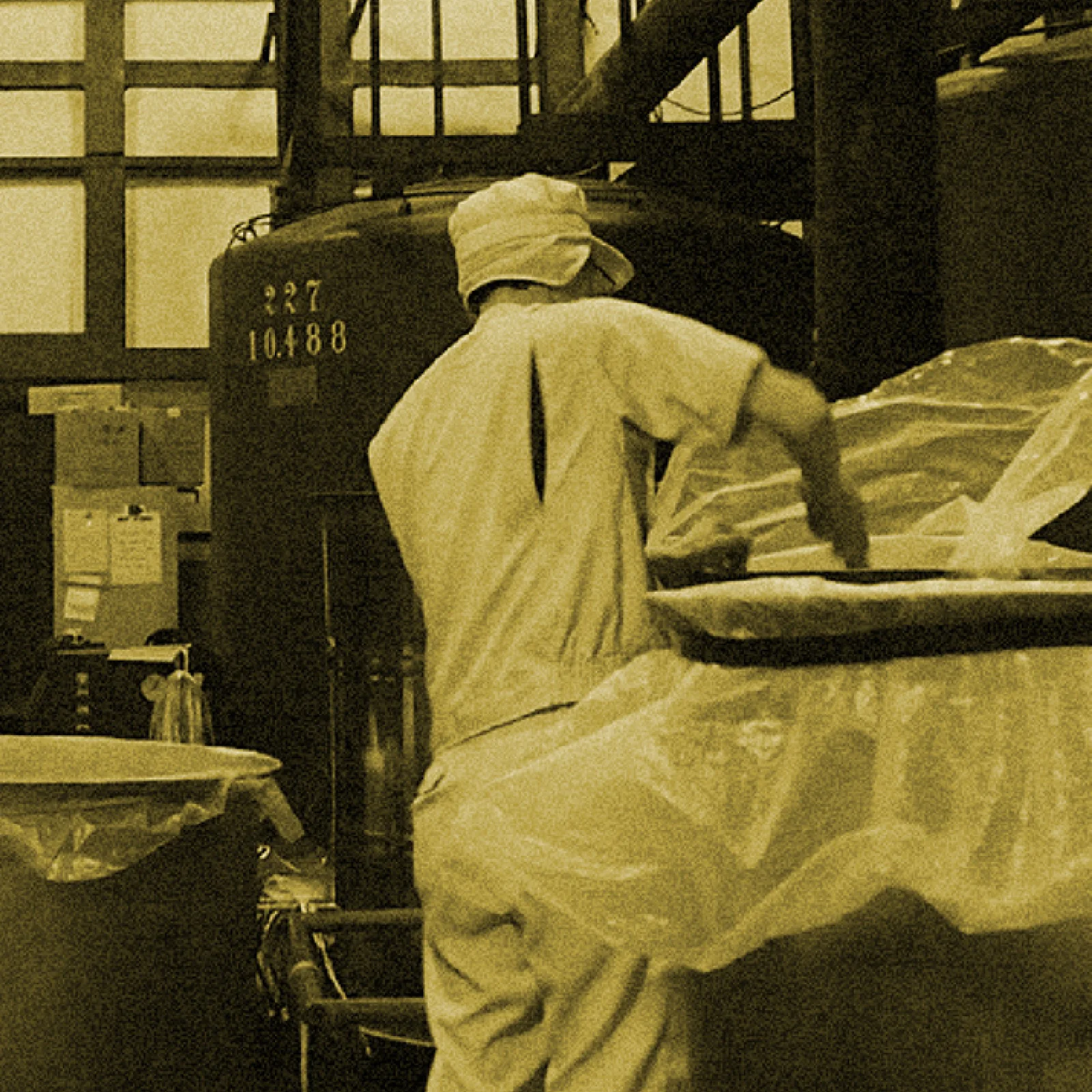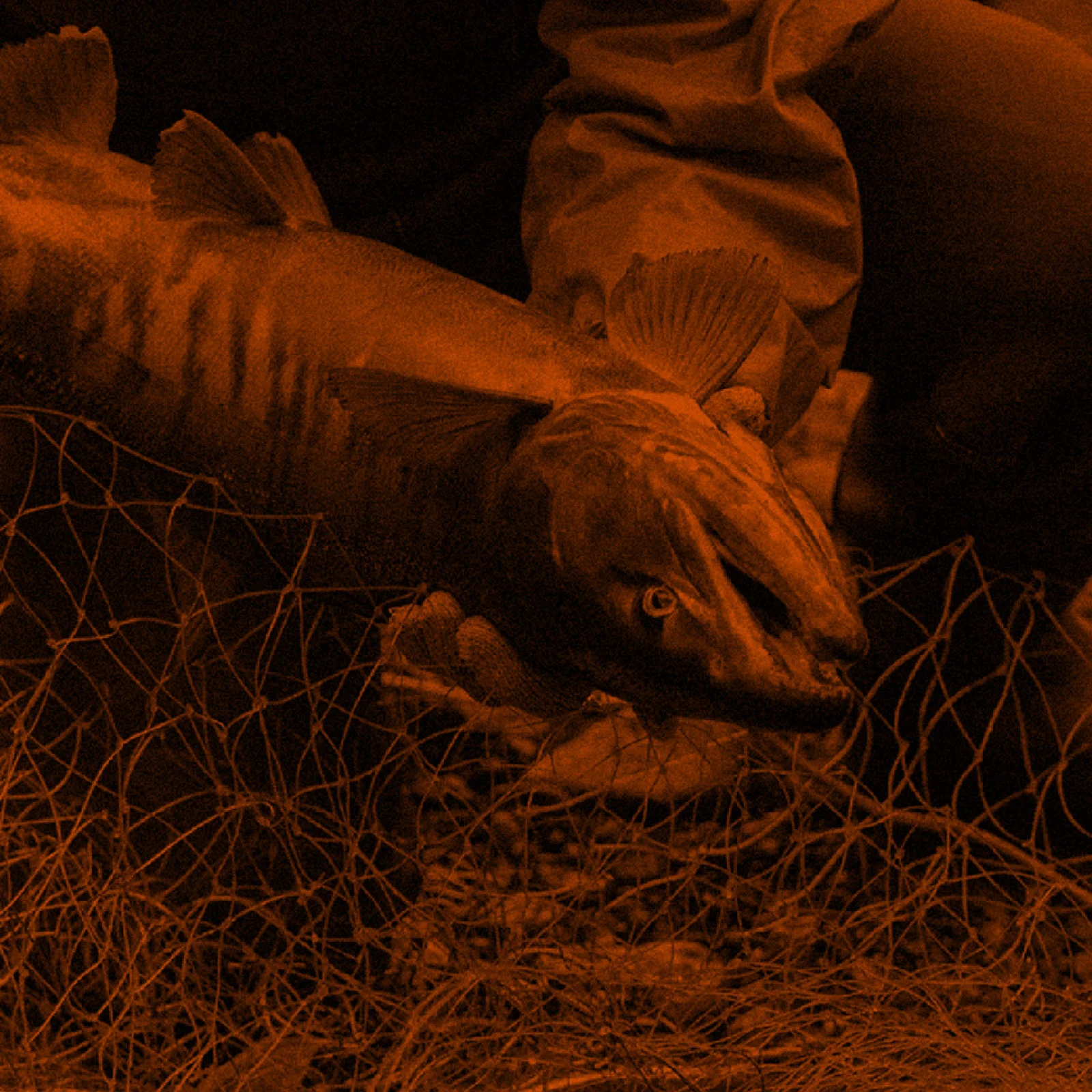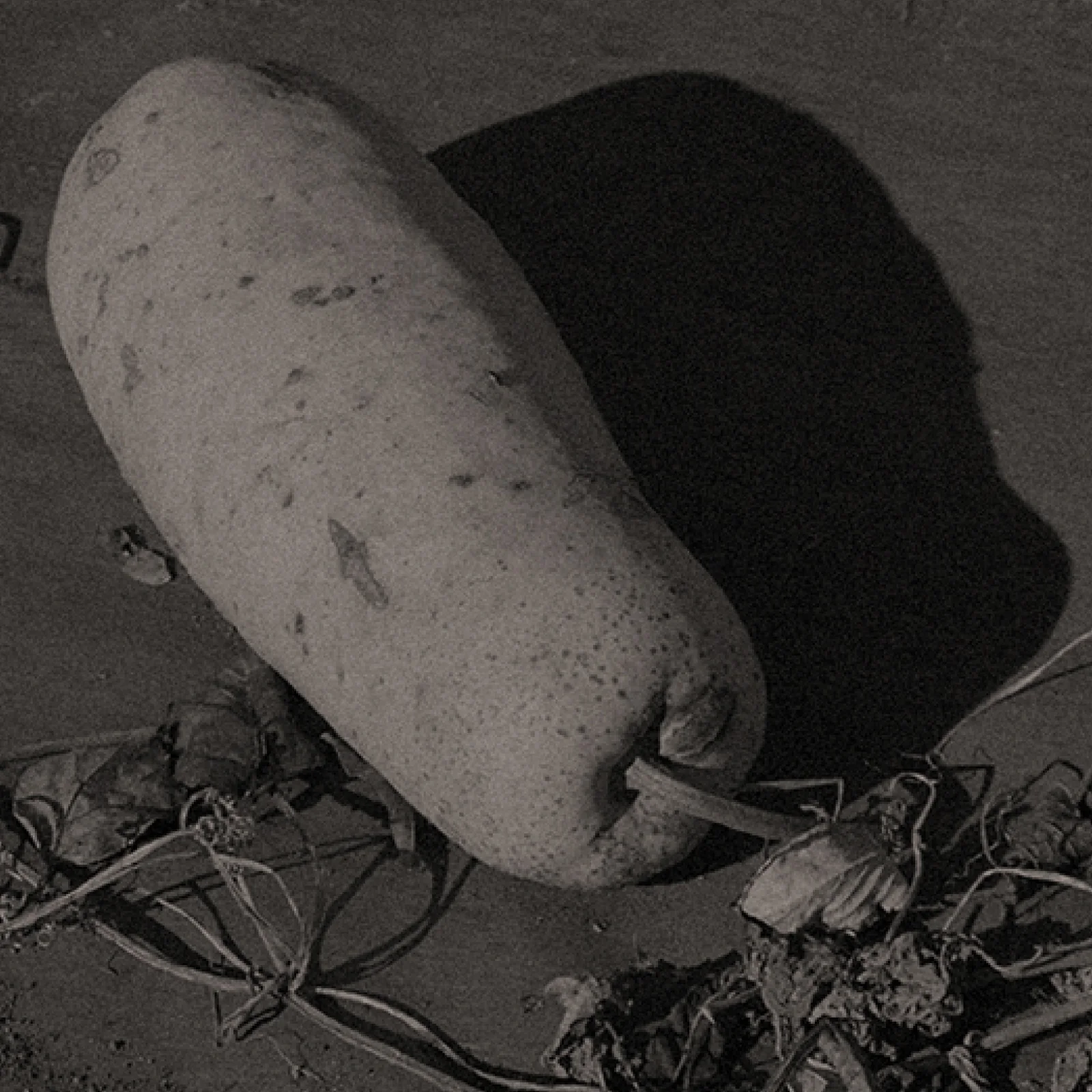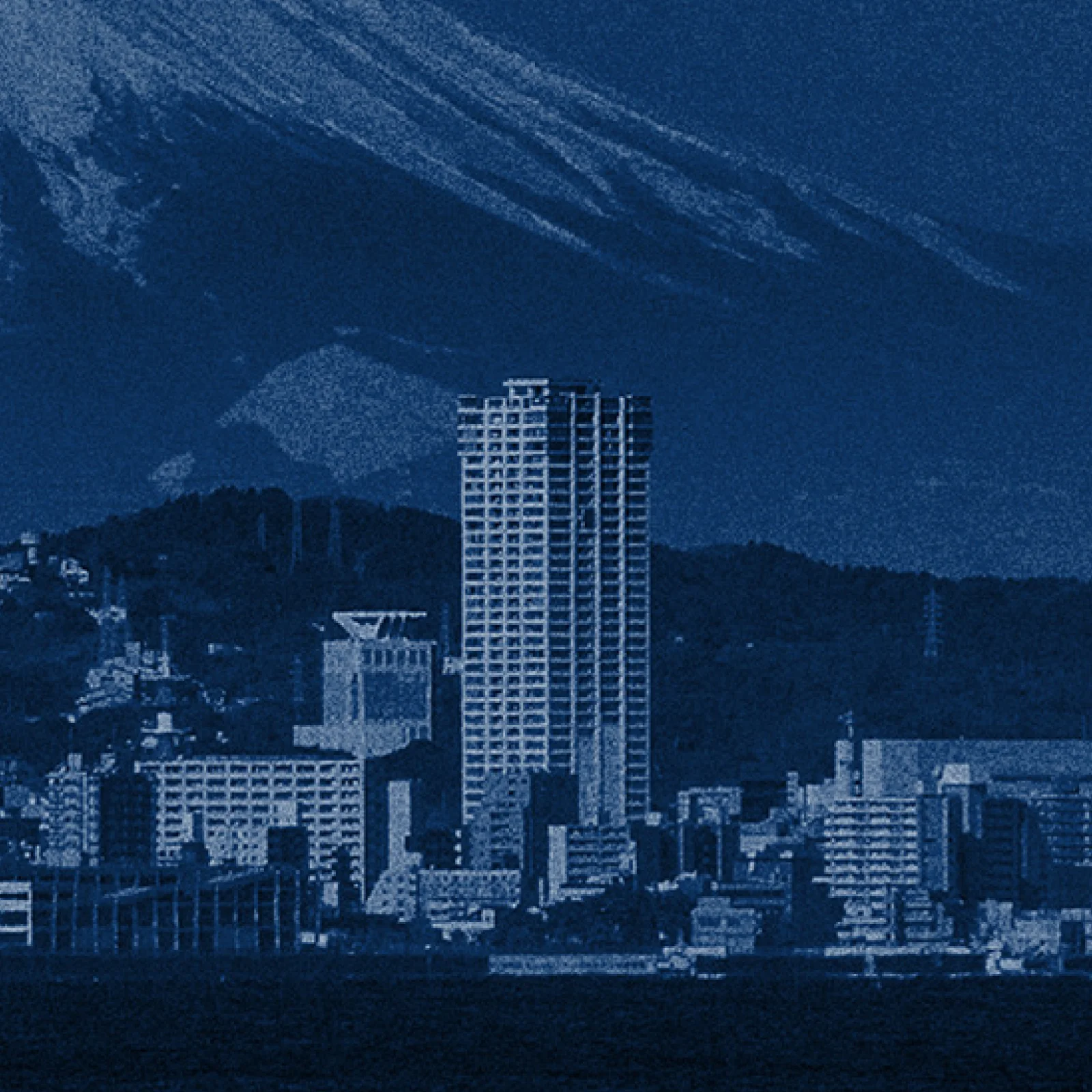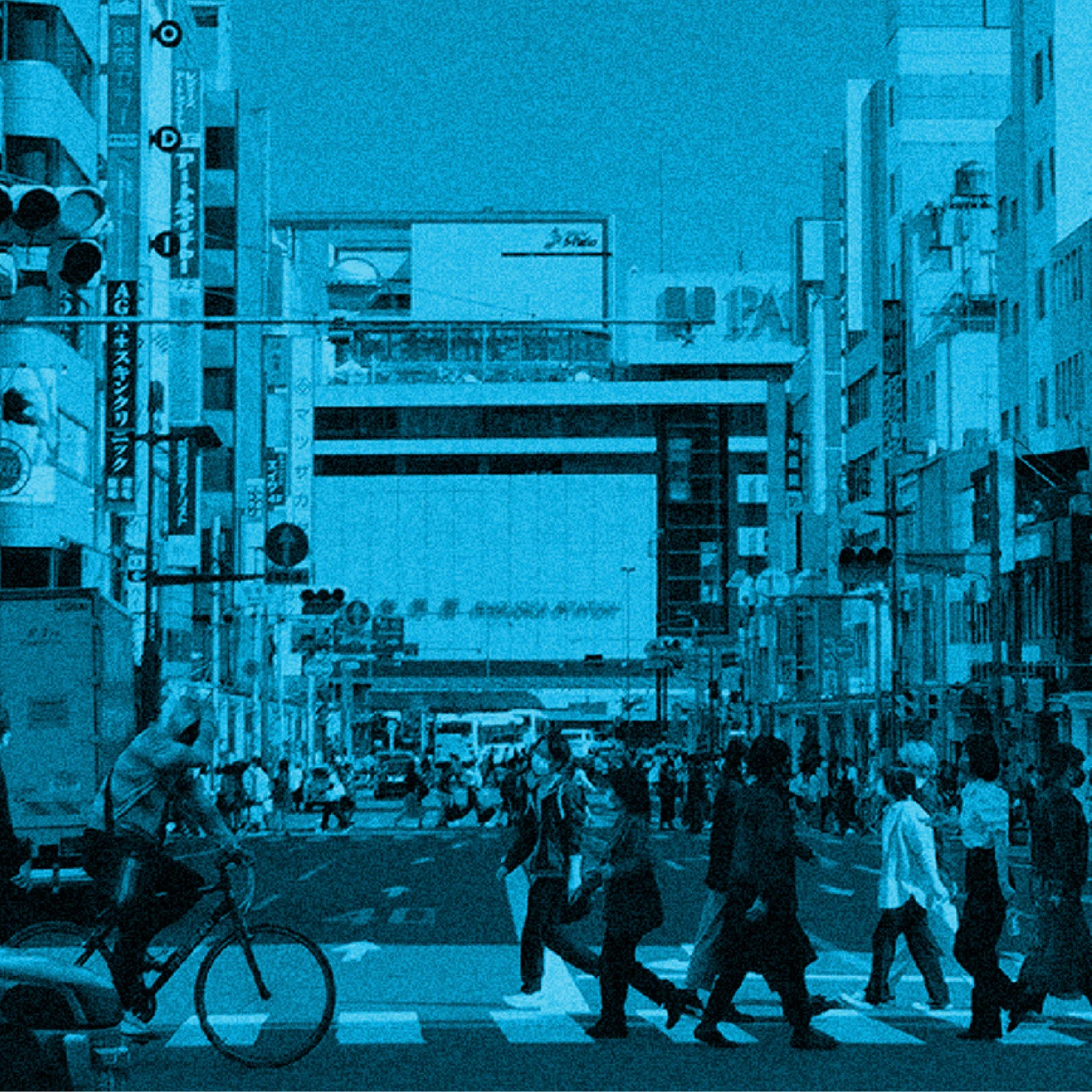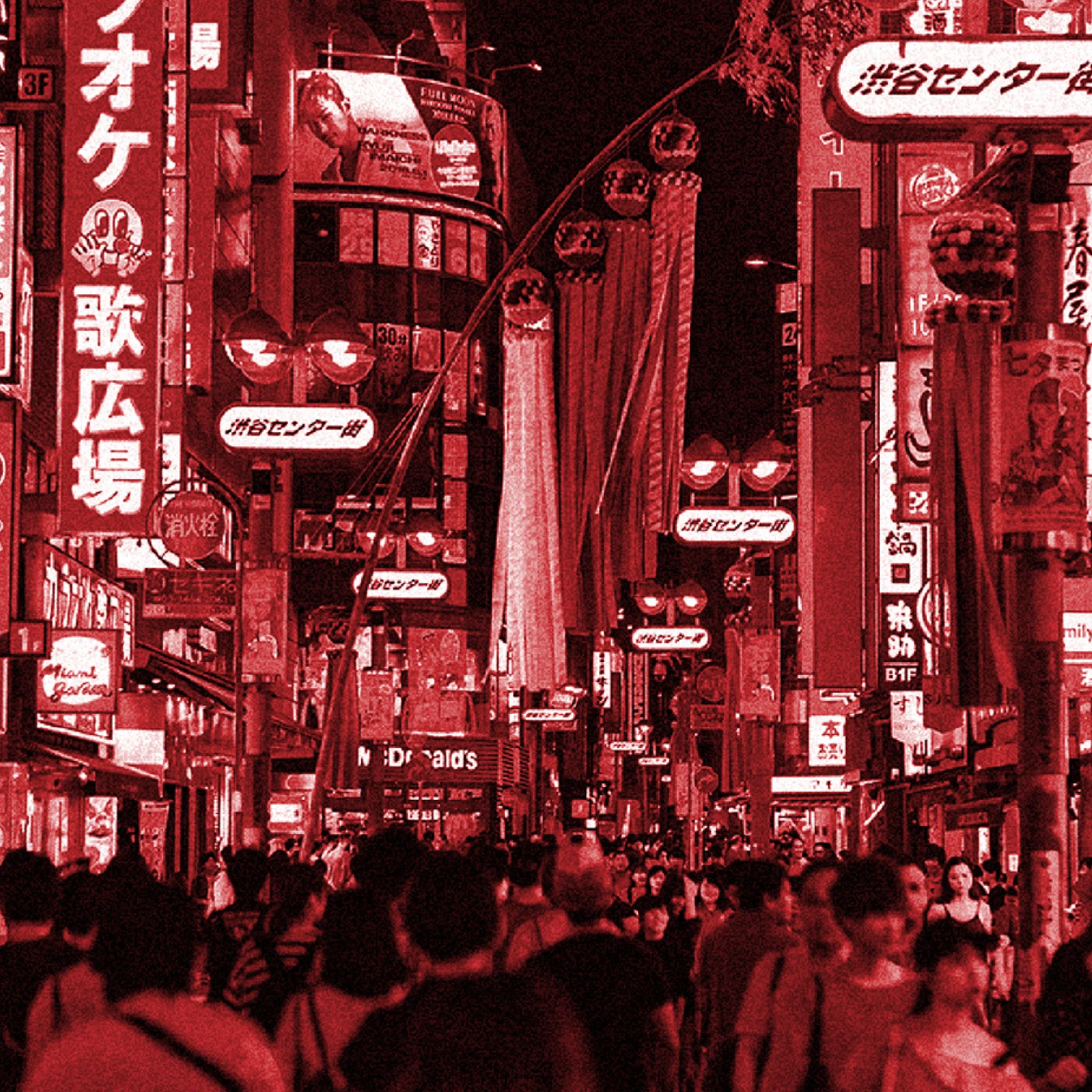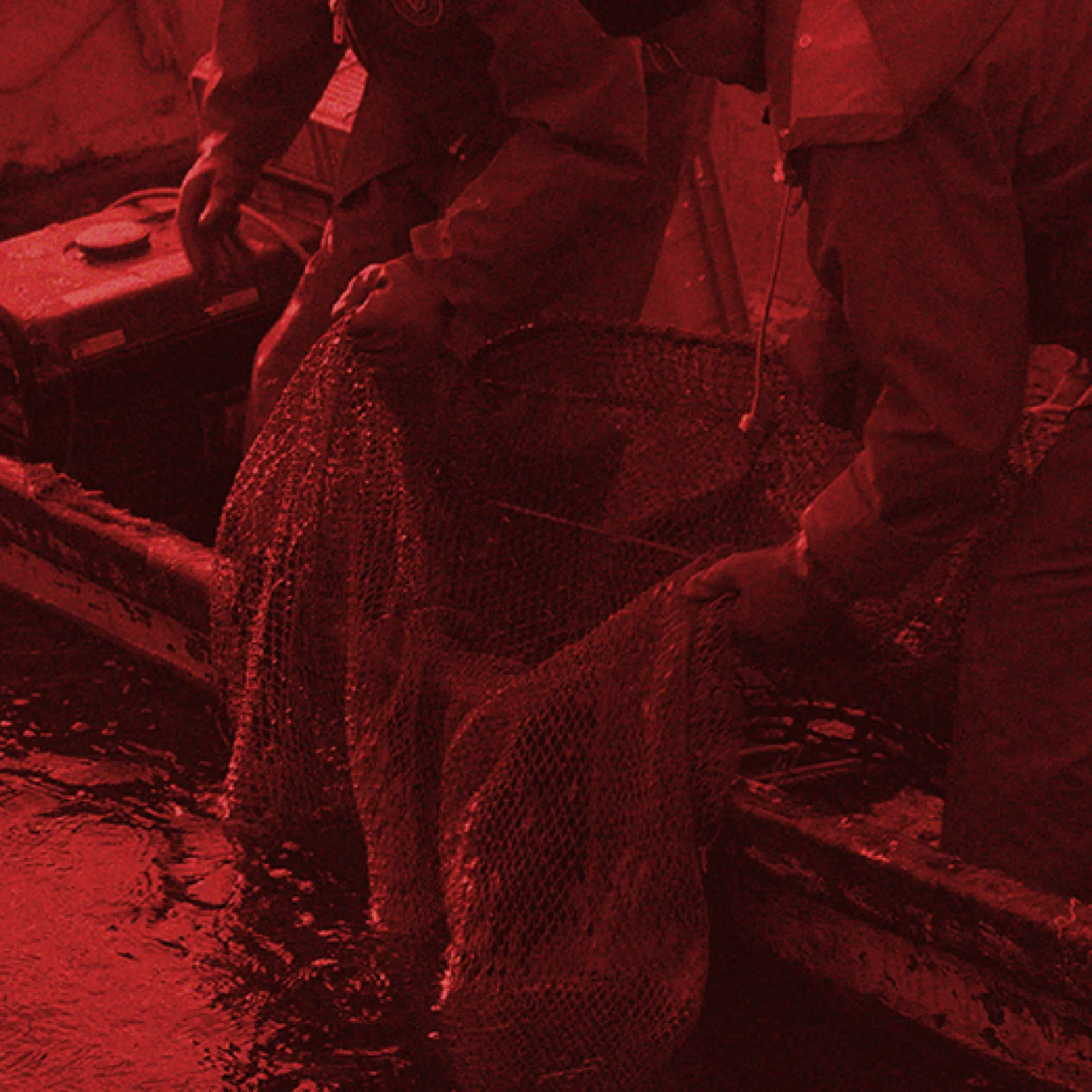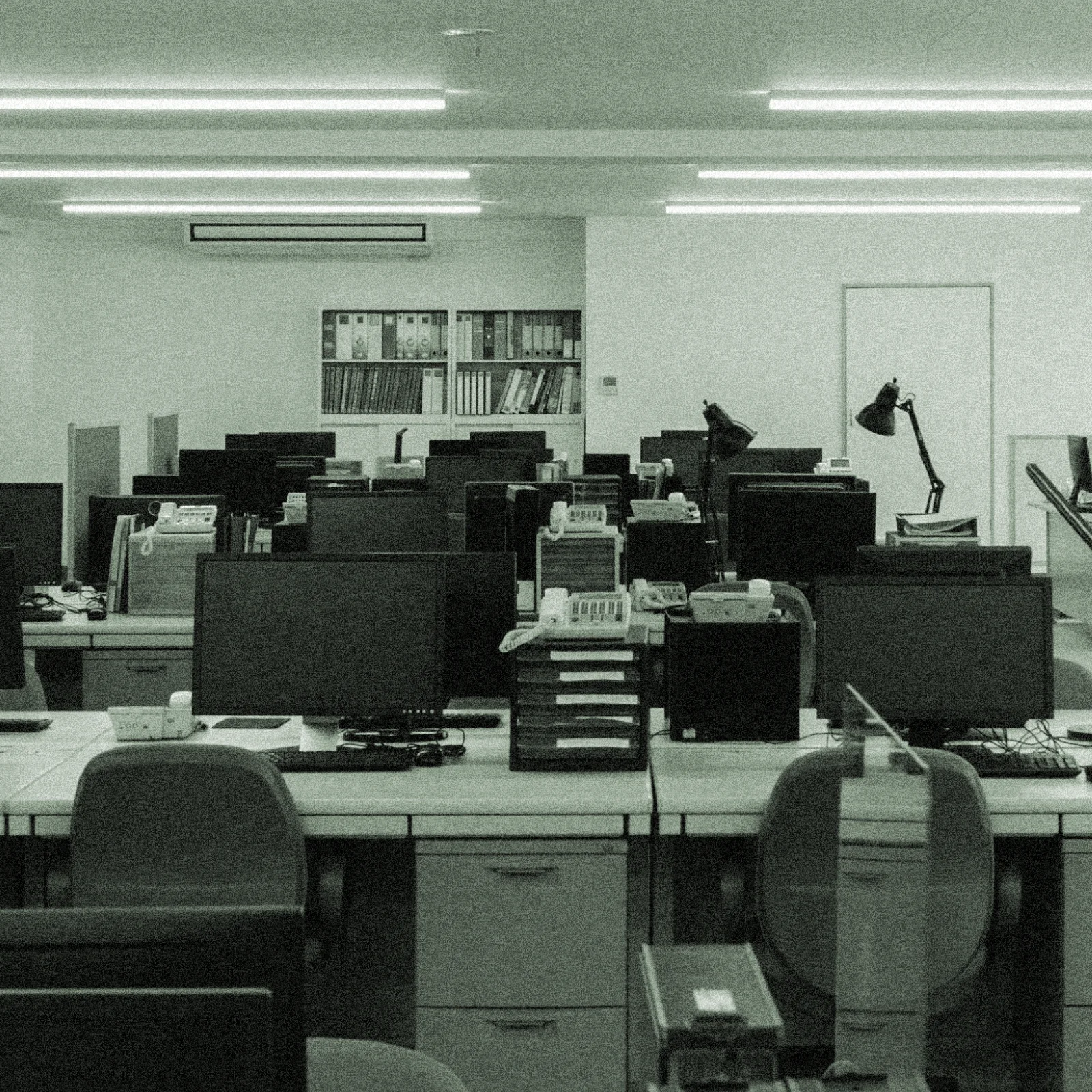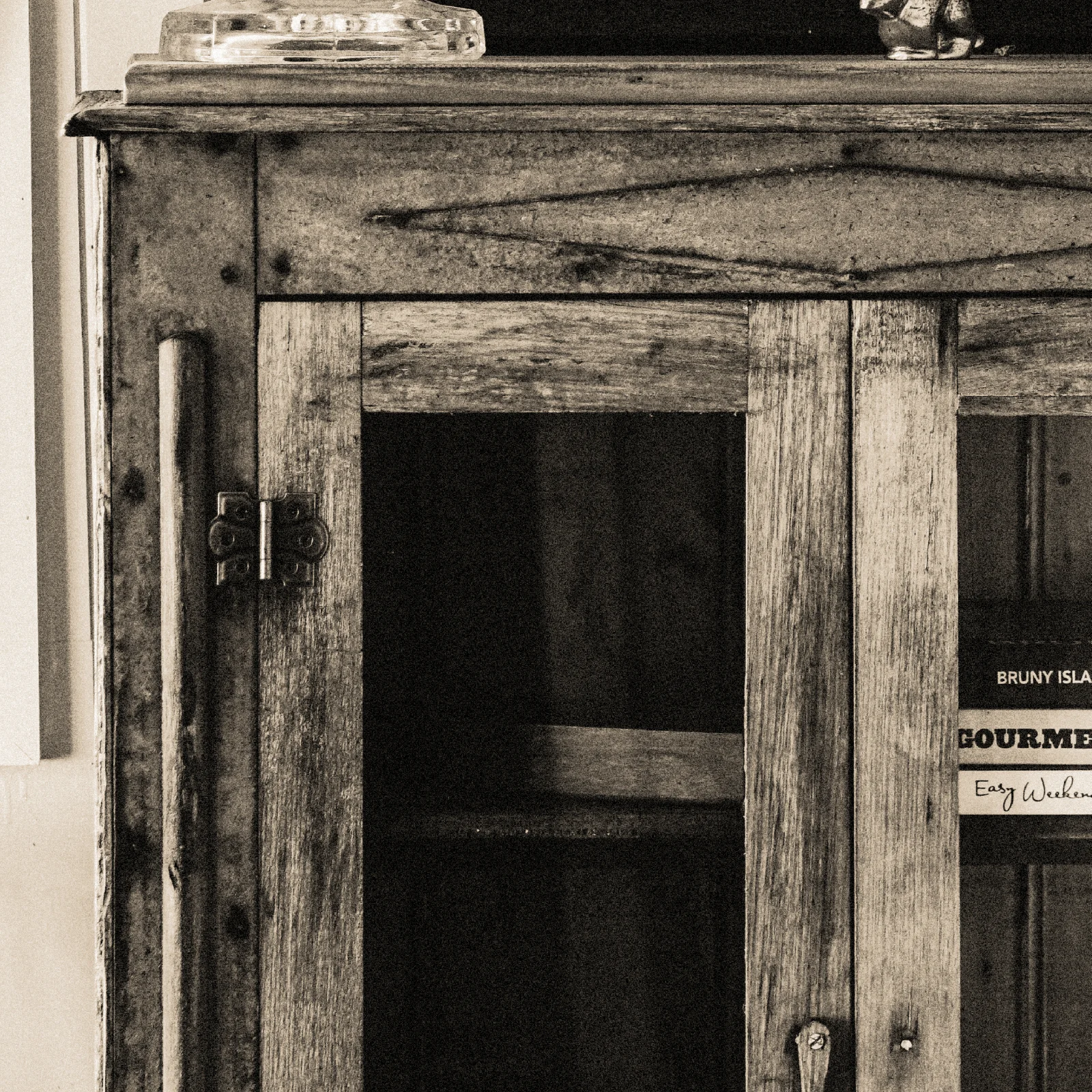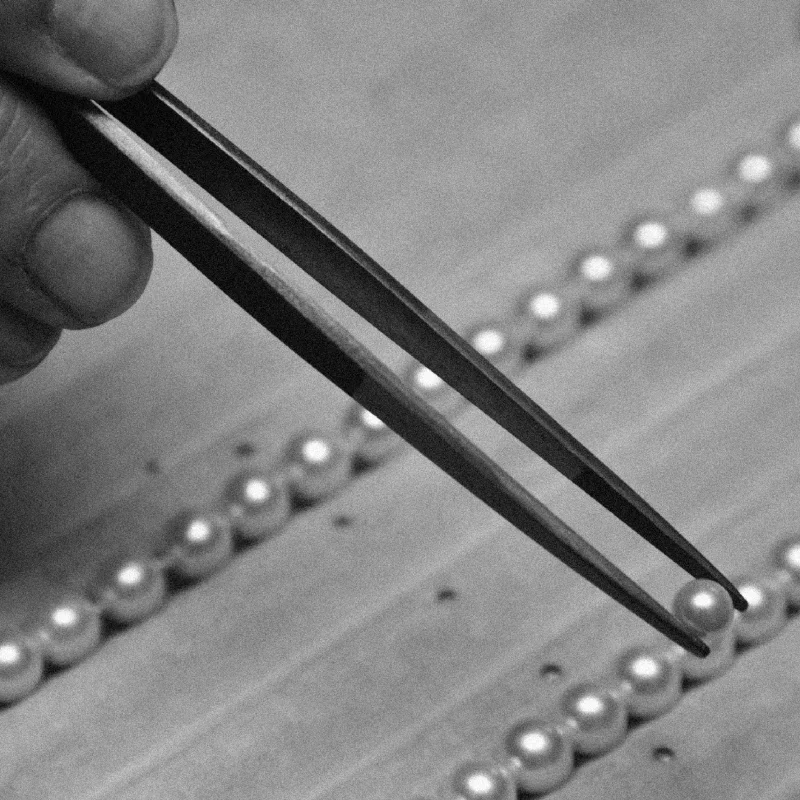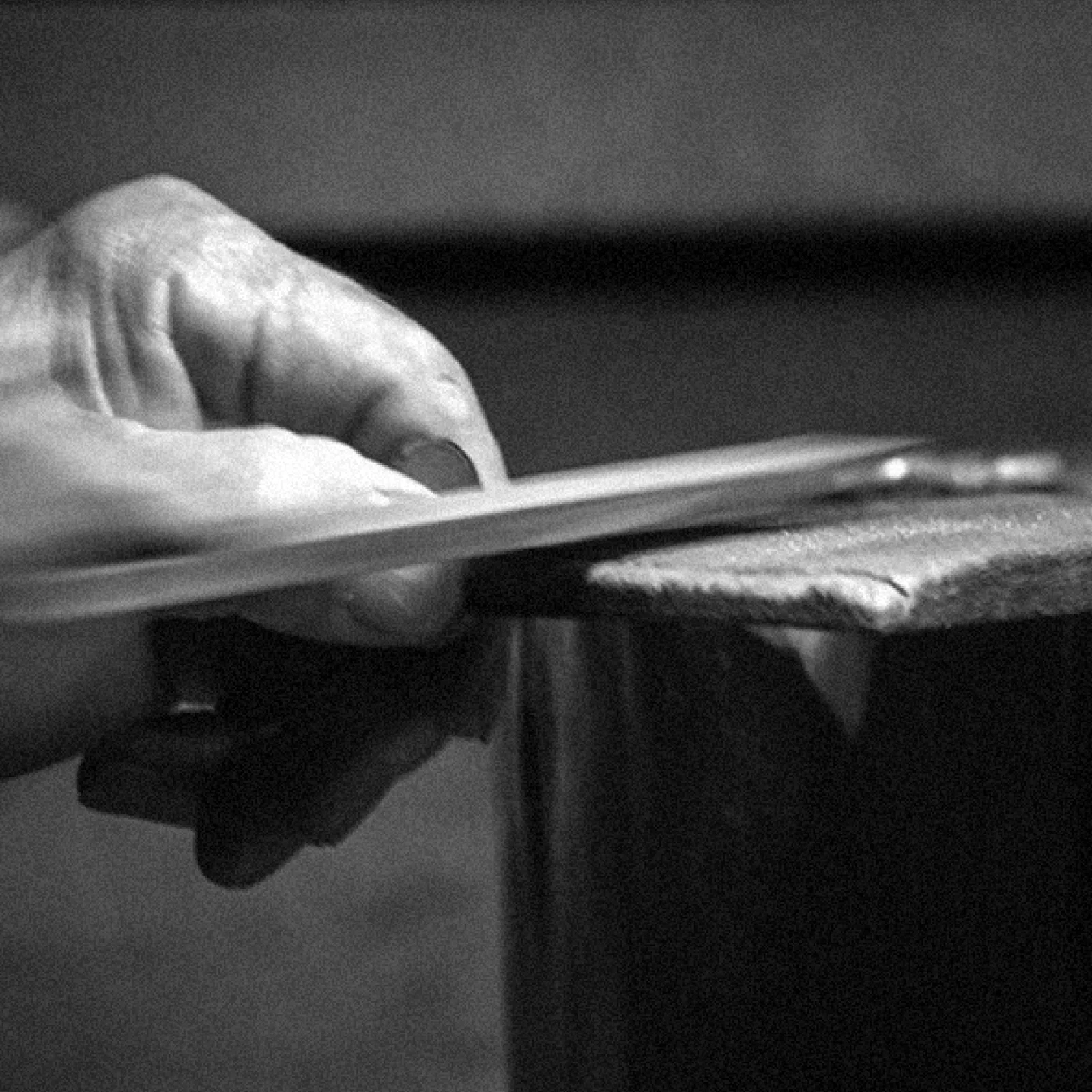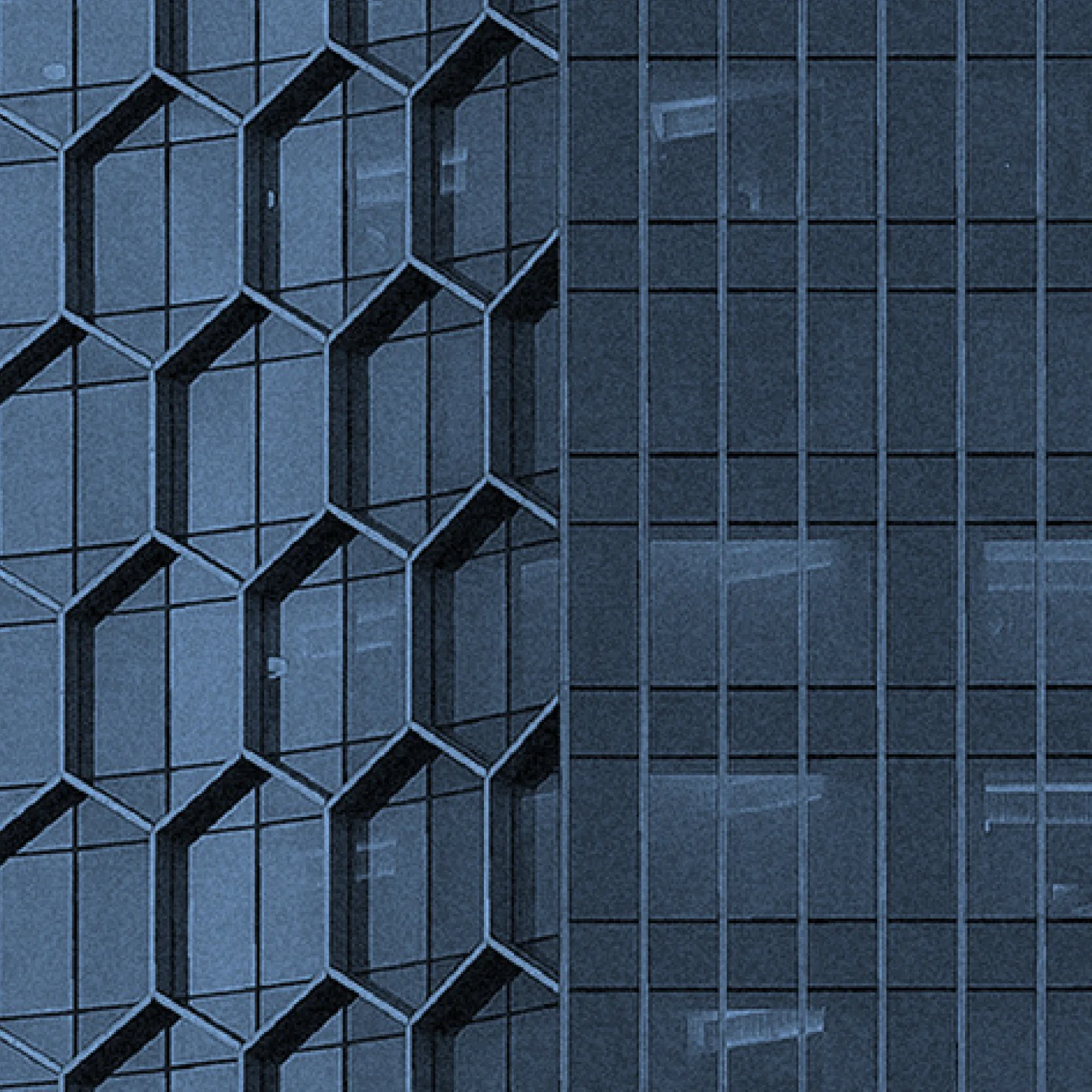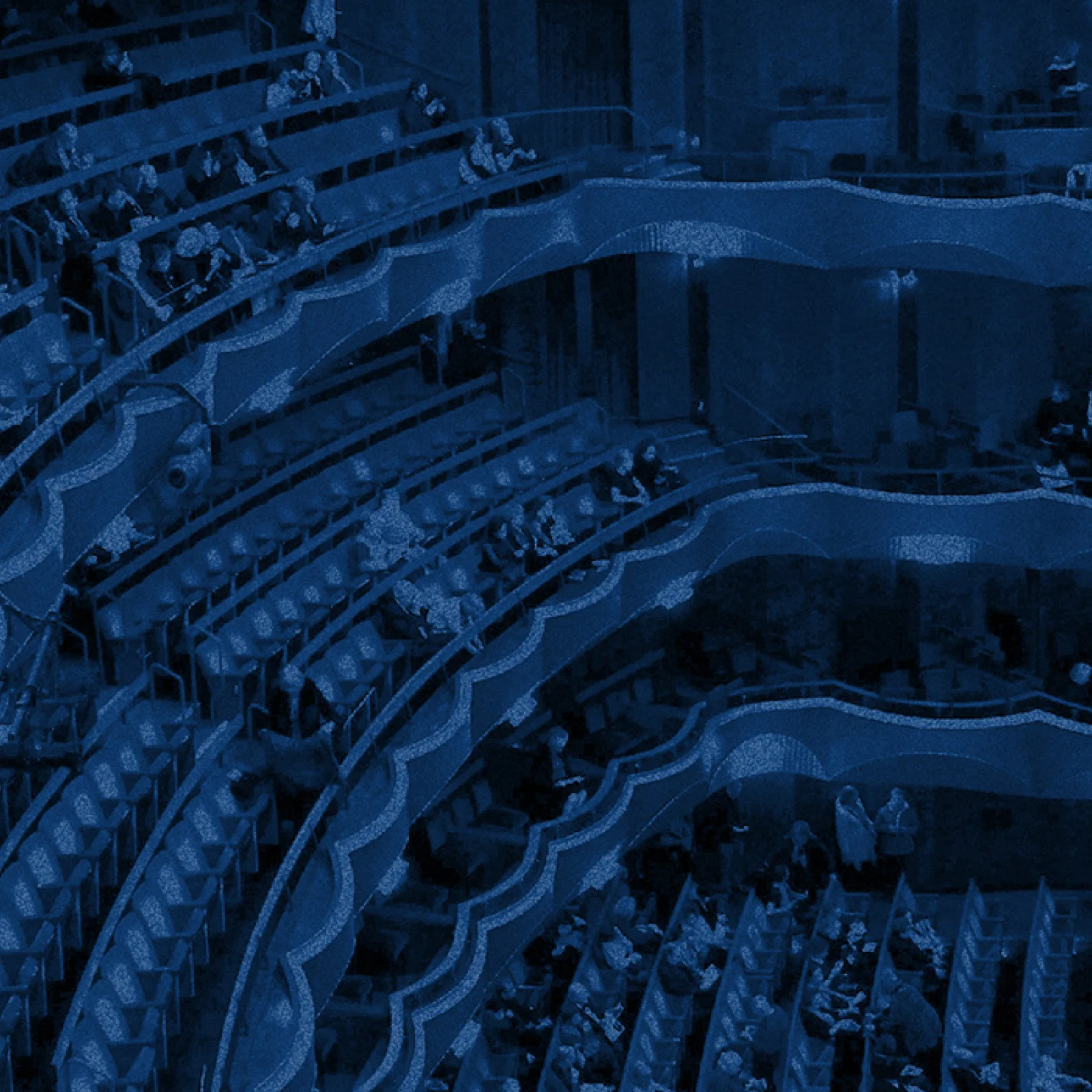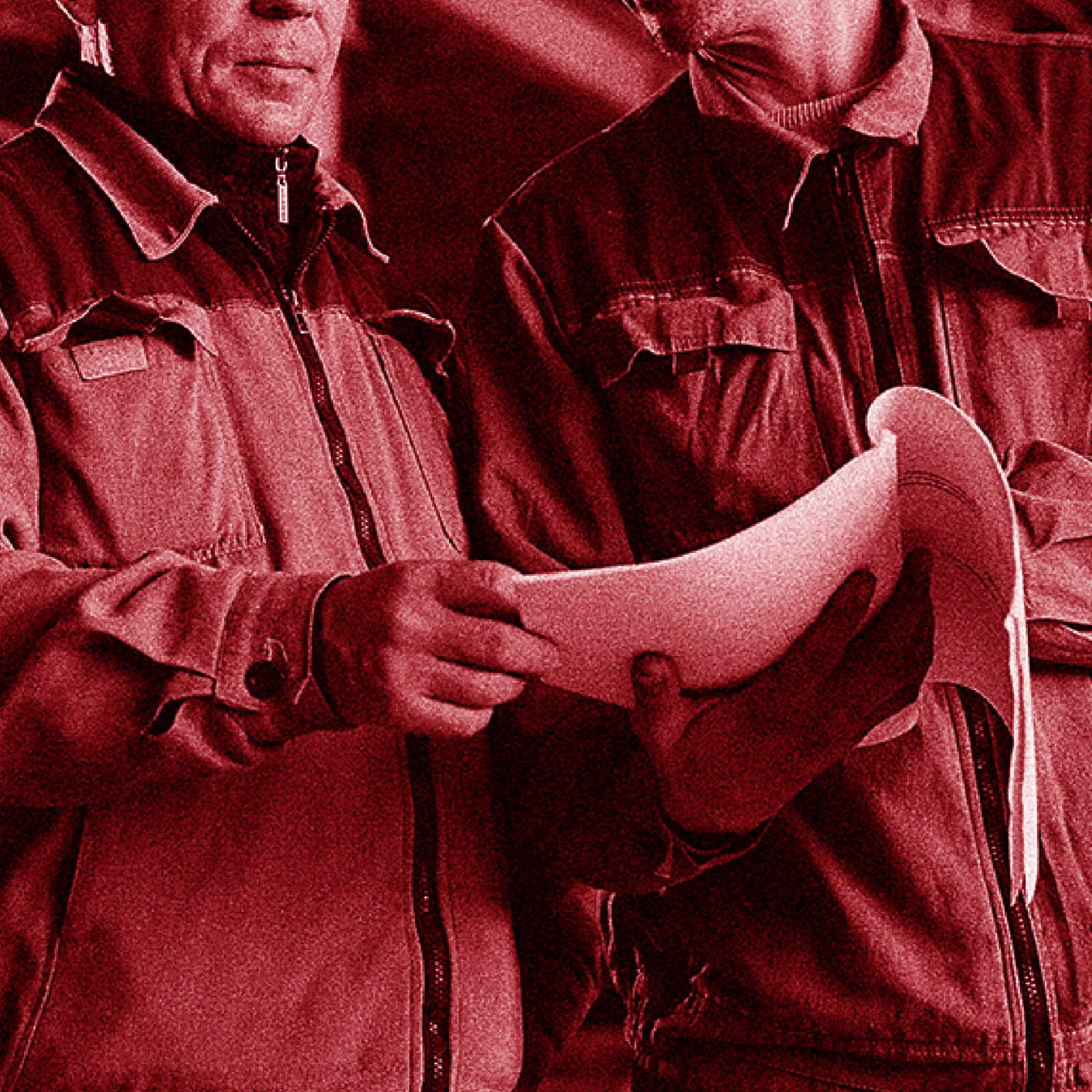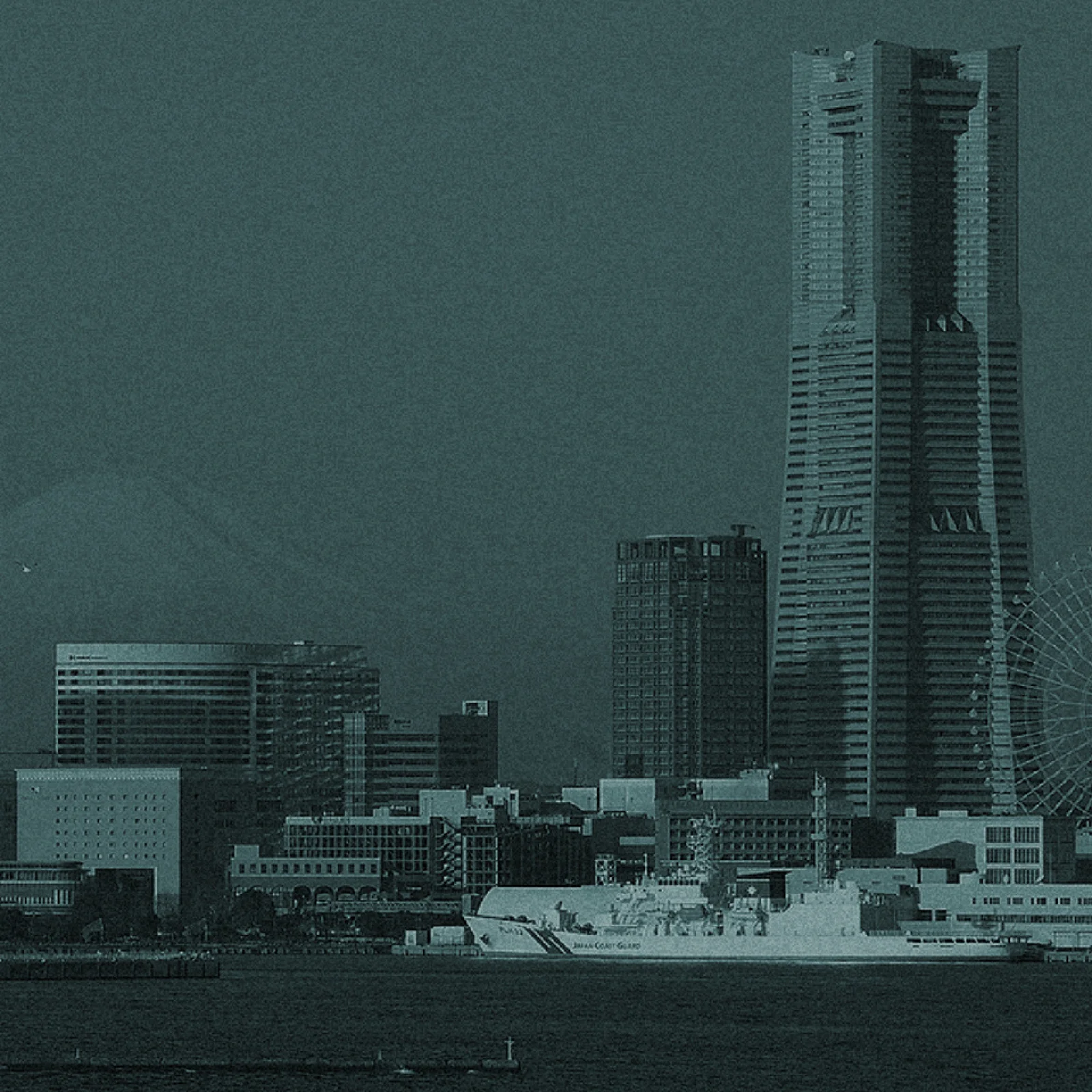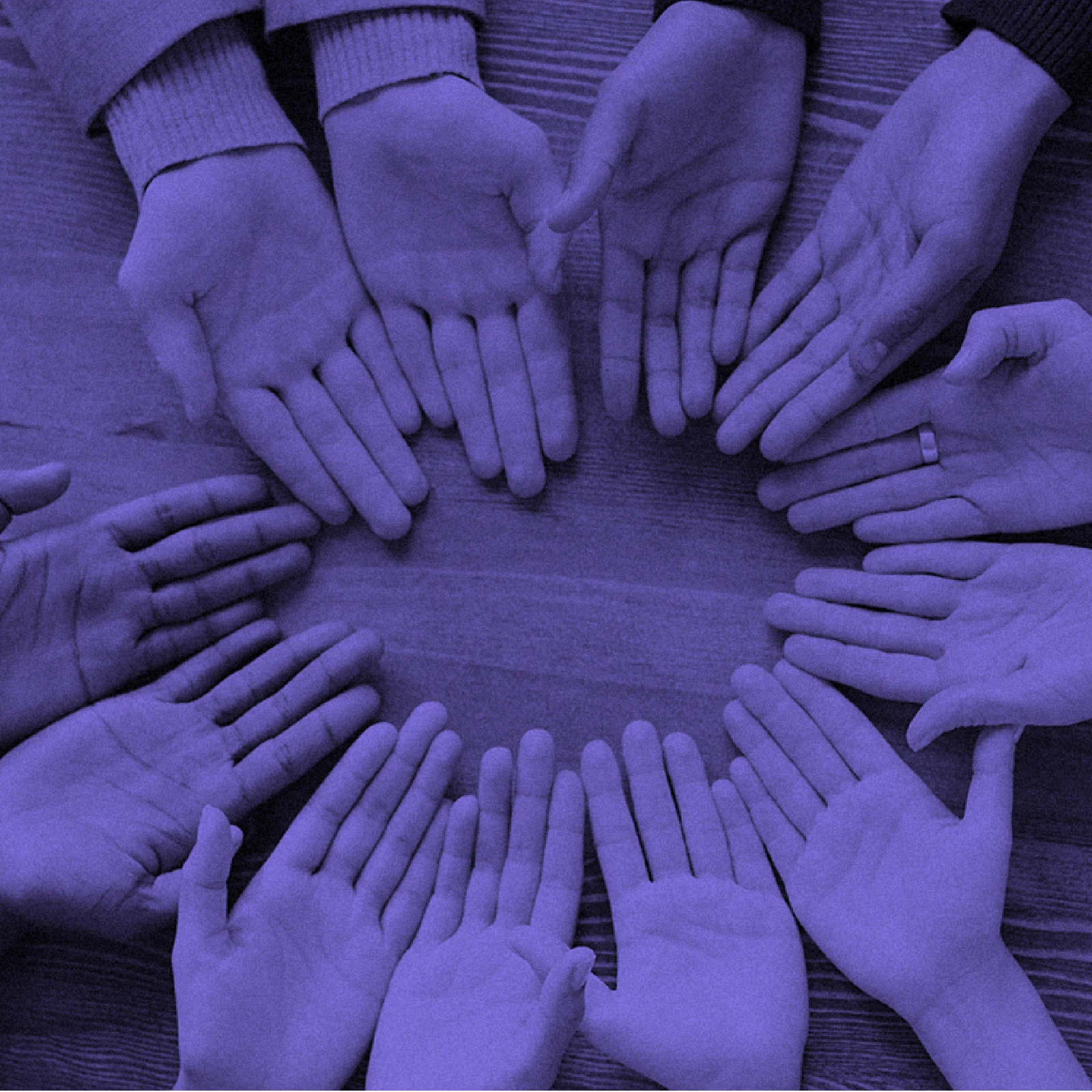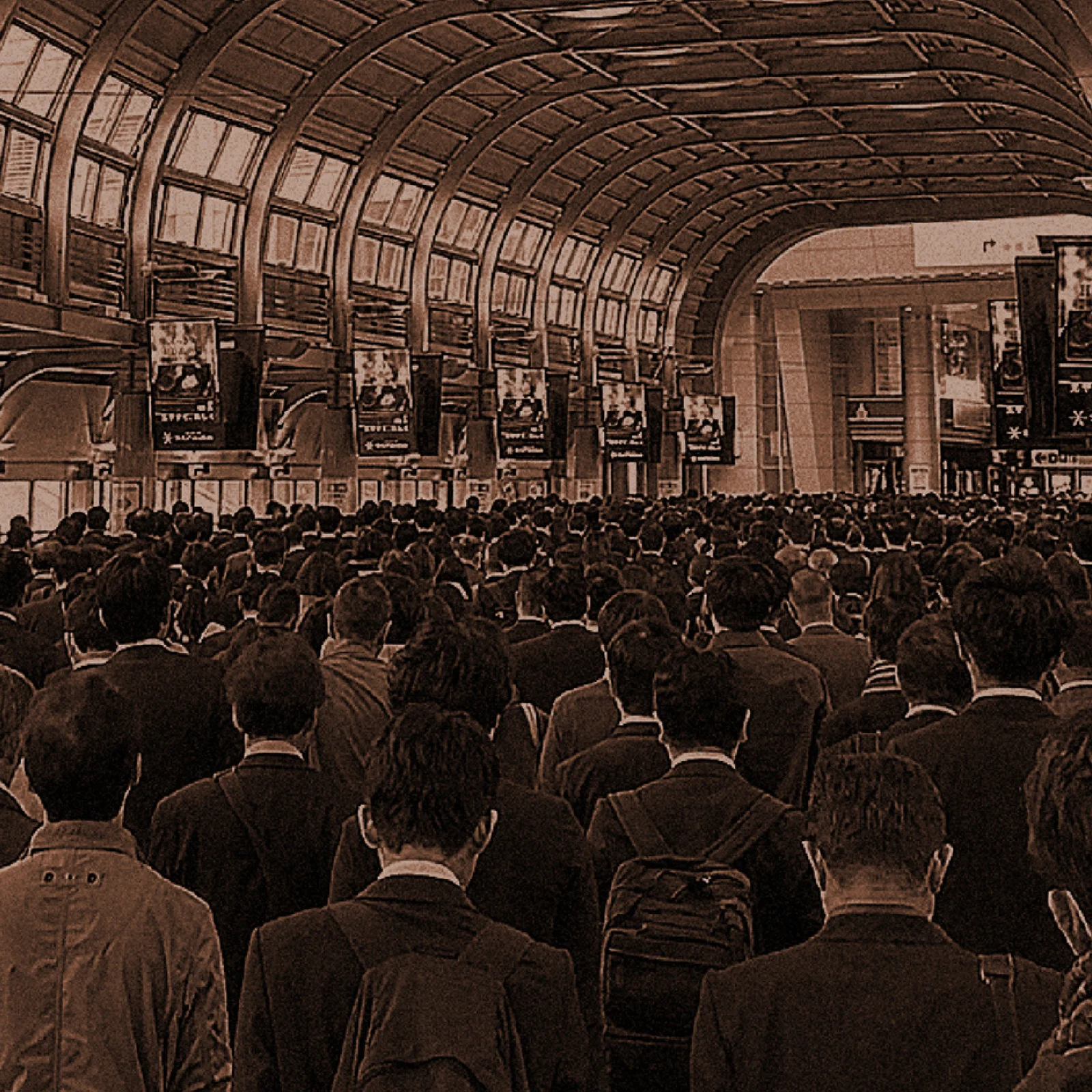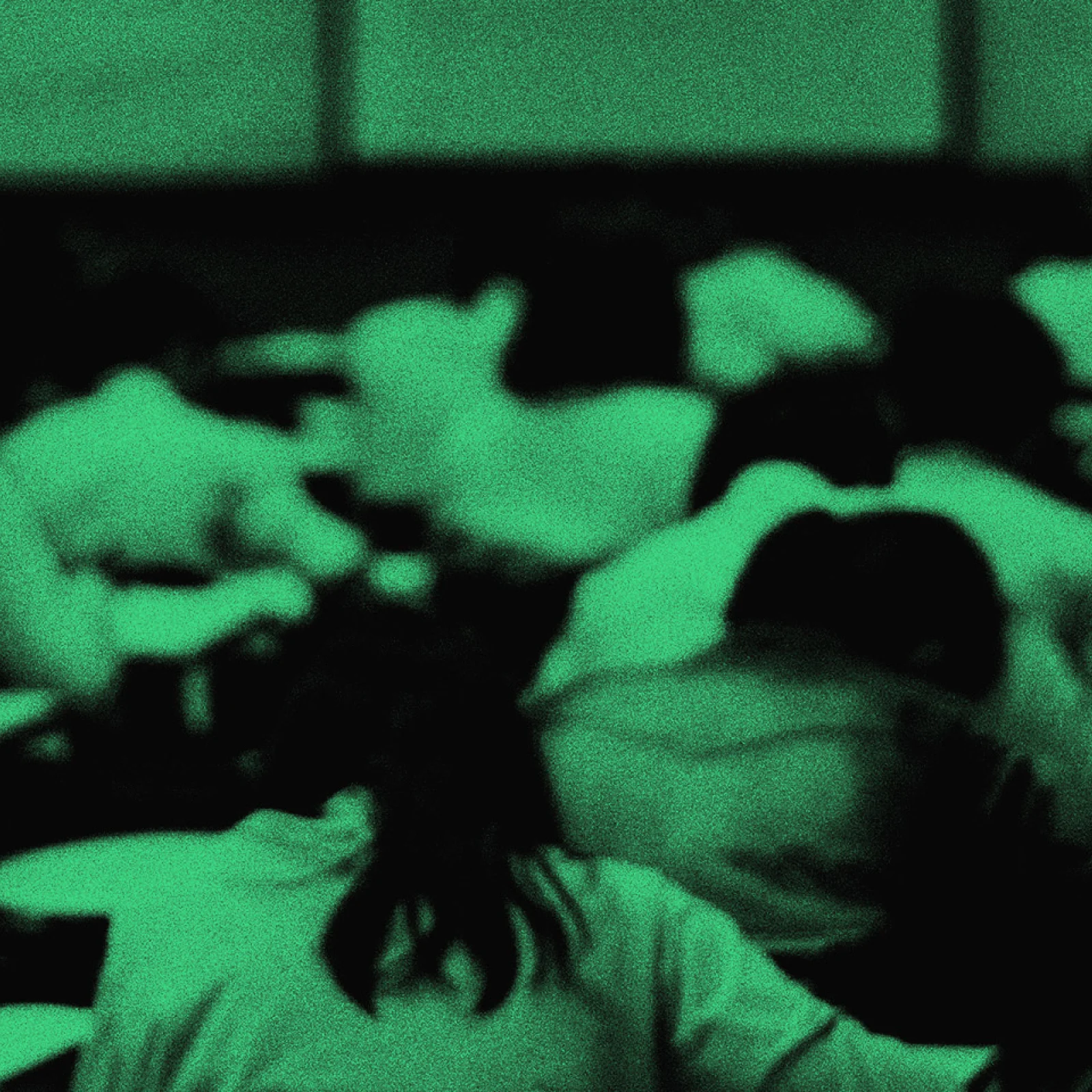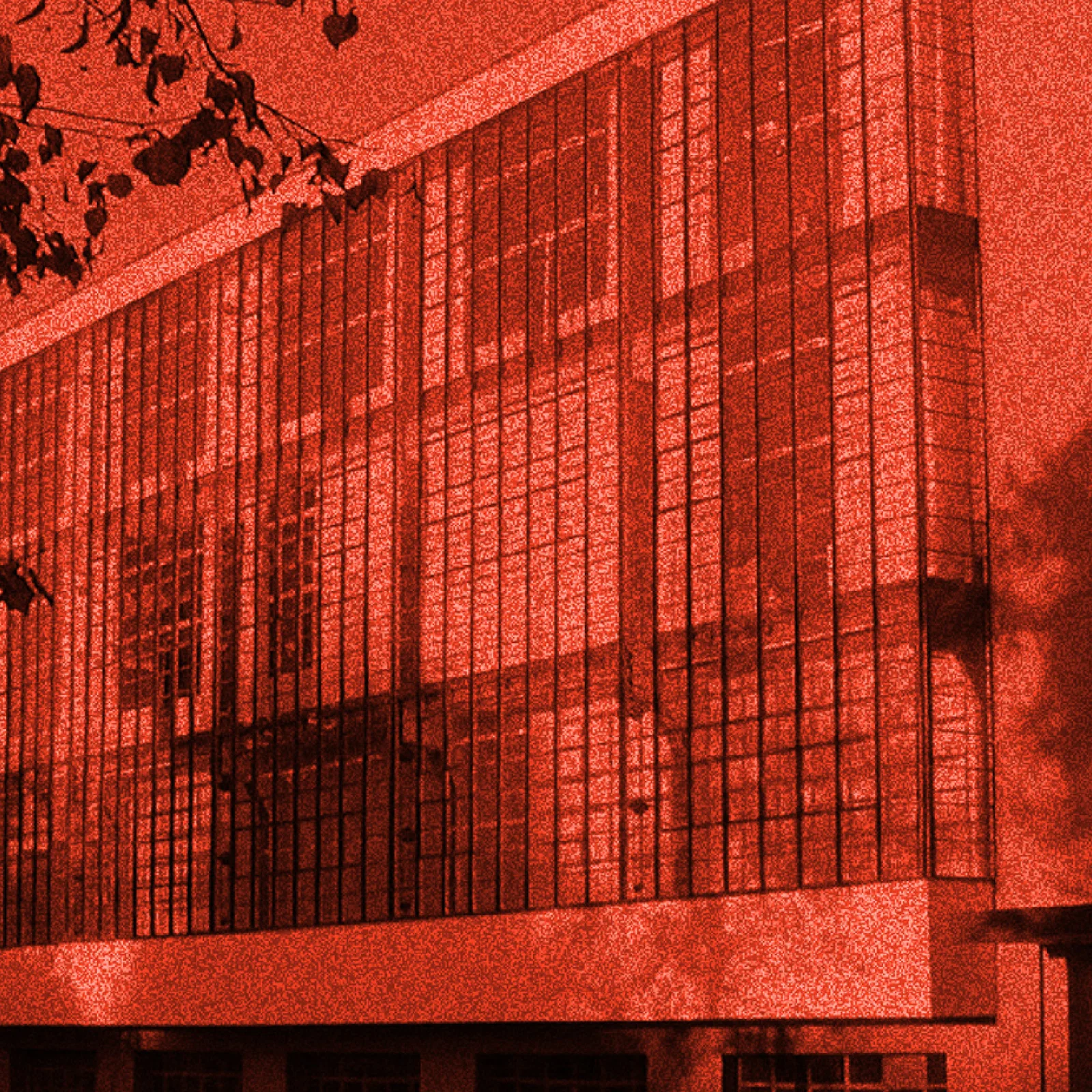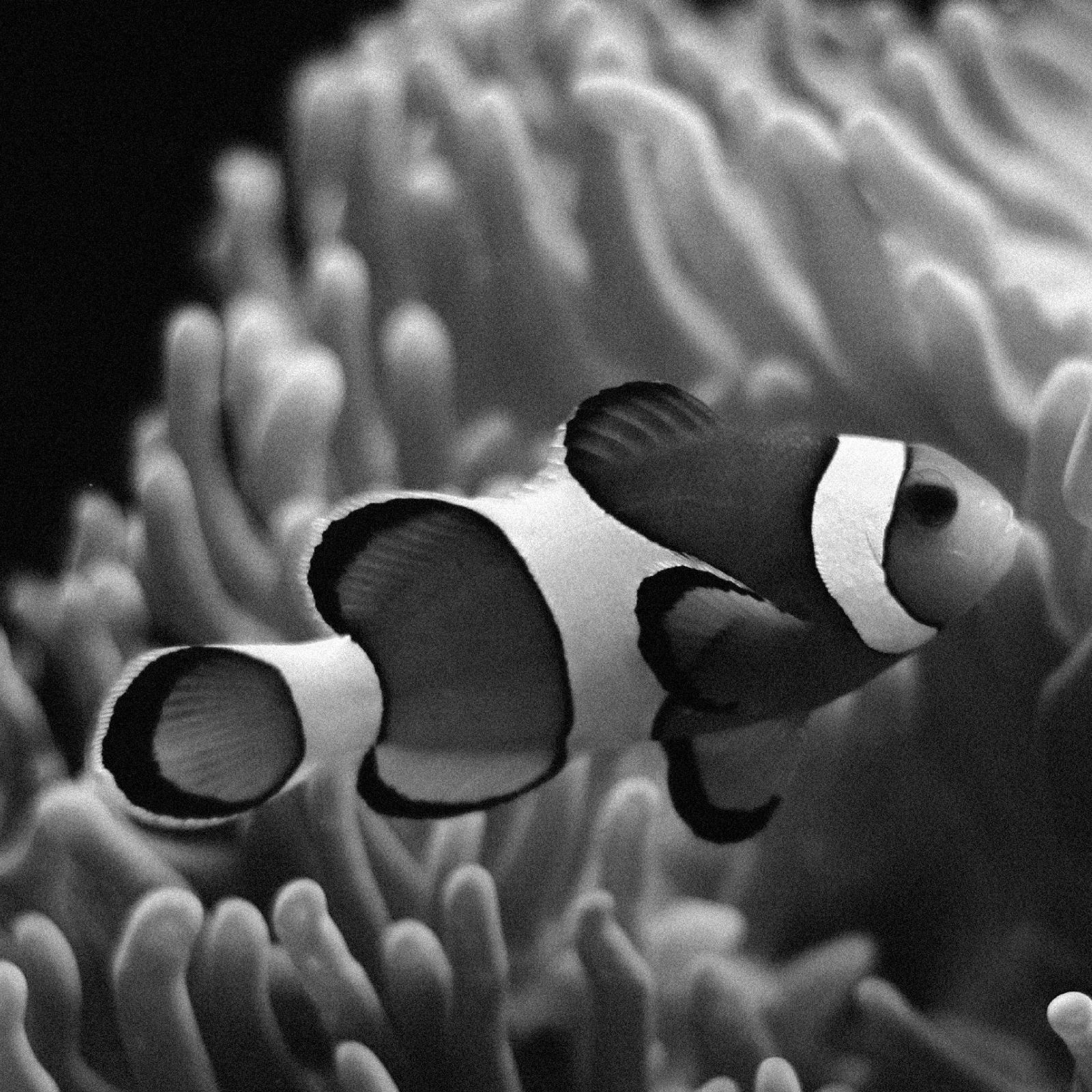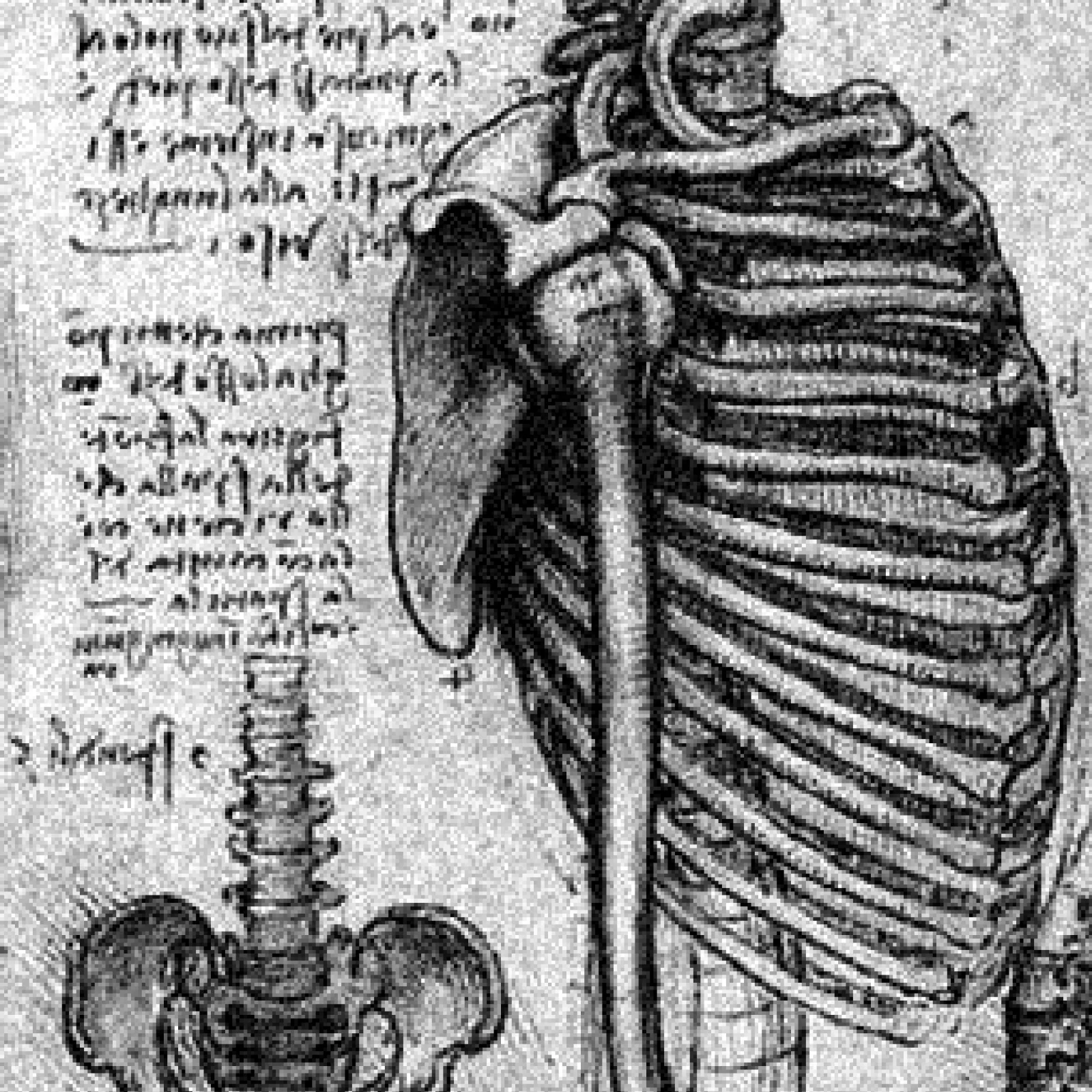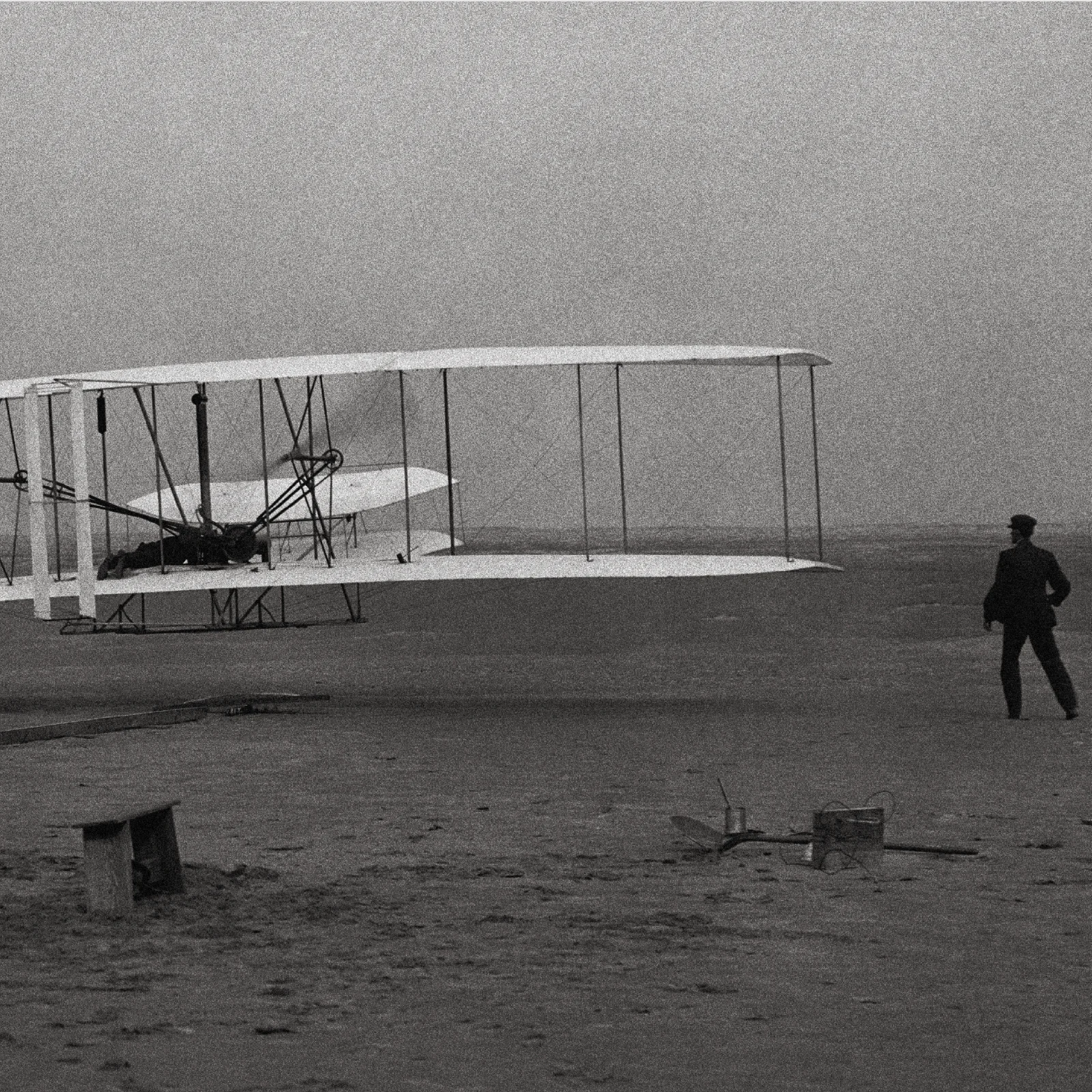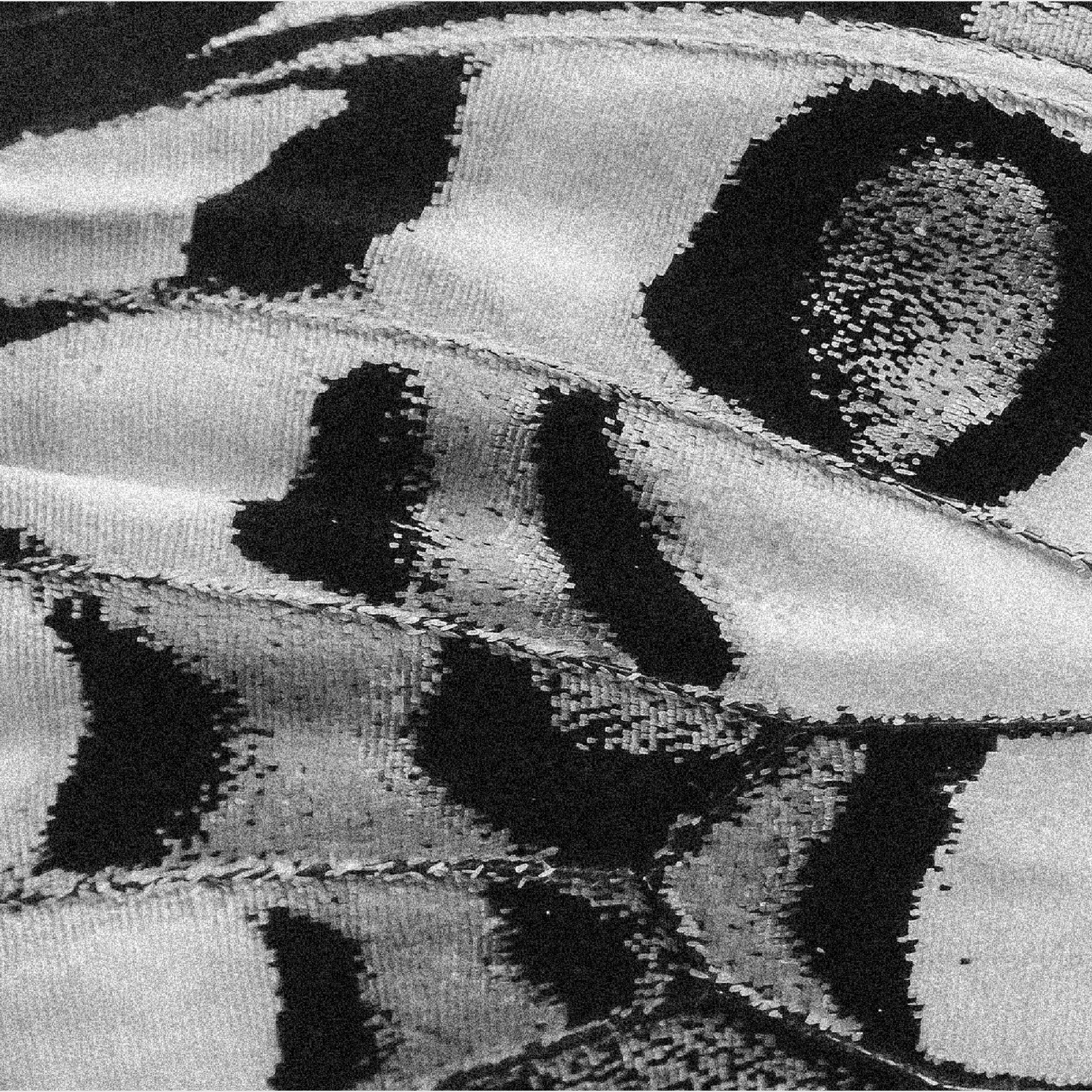WHY
WHAT CAN DESIGN DO
TO ENSURE SAFE AND
SUSTAINABLE FOOD?
WHAT CAN DESIGN DO
TO ENSURE SAFE AND
SUSTAINABLE FOOD?
For much of human history, from hunter-gatherers to agrarian societies, people lived by sourcing their own food. The emergence of markets enabled access to food, including vegetables, meat, and fish, without direct involvement in the process, fundamentally changing how food systems operate. As market economies evolved, efficiency and economic rationality became the central principles of food production, driving the standardization and industrialization of agriculture, fisheries, and other primary industries.
This change has caused significant challenges. One is the loss of biodiversity caused by monoculture and overfishing. Natural ecosystems are inherently resilient due to their species diversity, which enables them to adapt to environmental changes. Yet, the emphasis on large-scale, uniform production has eroded this diversity, making ecosystems fragile.
Another issue is the disproportionate benefits received by seed and biotechnology companies that develop and sell hybrid (F1) varieties suited for mass production, as well as large-scale retailers such as supermarkets that dominate distribution networks. Many producers struggle to maintain their independence under market pressures that prioritize profit maximization and cost reduction.
There are growing concerns about the health impacts of pesticides and genetically modified crops, which are often integral to mass production and supply systems. The rise of consumer demand for transparency, non-GMO products, and organic farming methods that avoid chemical fertilizers and pesticides reflects these anxieties.
At the same time, the industrial-scale production of food has contributed to the problem of food waste, particularly in developed countries. Meanwhile, with the global population expected to reach approximately 9 billion by 2050, there are arguments that large-scale farming and genetic modification technologies are essential to ensure future food security.
Given the complexity of these challenges, the question is: “What do we need to build a future for food that preserves biodiversity while ensuring the well-being of both producers and consumers?”
Changes in pesticide usage in major countries
When choosing food, which factors do you prioritize?
TIPS FROM NOSIGNER
KEY POINTS IN
FOOD DESIGN
KEY POINTS IN
FOOD DESIGN
POINT 01
DESIGNING FOR TRACEABILITY
By clearly communicating information such as origin, producers, and ingredients through packaging, certification marks, and icons, we can show the relationships and safety behind food products. Designing for traceability alleviates consumer concerns while guaranteeing sustainable product and service delivery, thereby significantly enhancing their value.
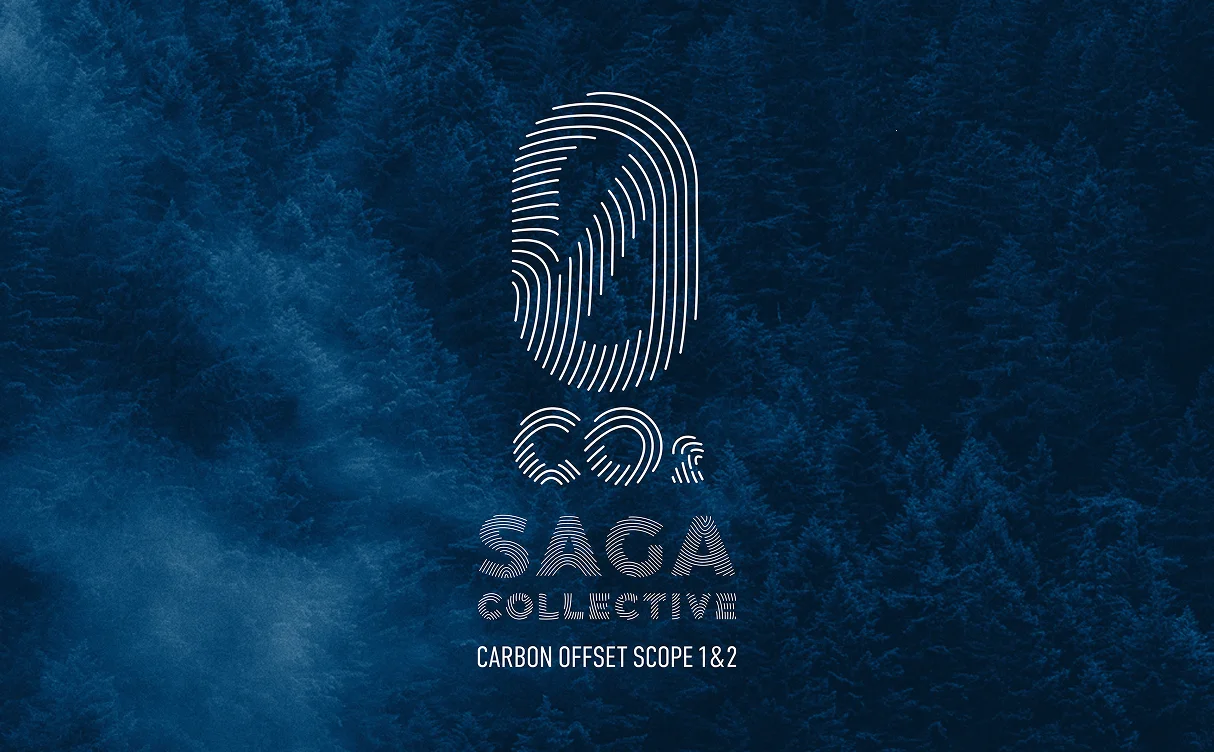
POINT 02
SUPPORTING MISSION-DRIVEN PRODUCERS
Producers committed to organic farming, native seed preservation, and promoting sustainable seafood play a crucial role in ensuring a sustainable food future. Through branding and packaging design, design can support these producers’ efforts, raising consumer awareness and encouraging informed purchasing decisions.
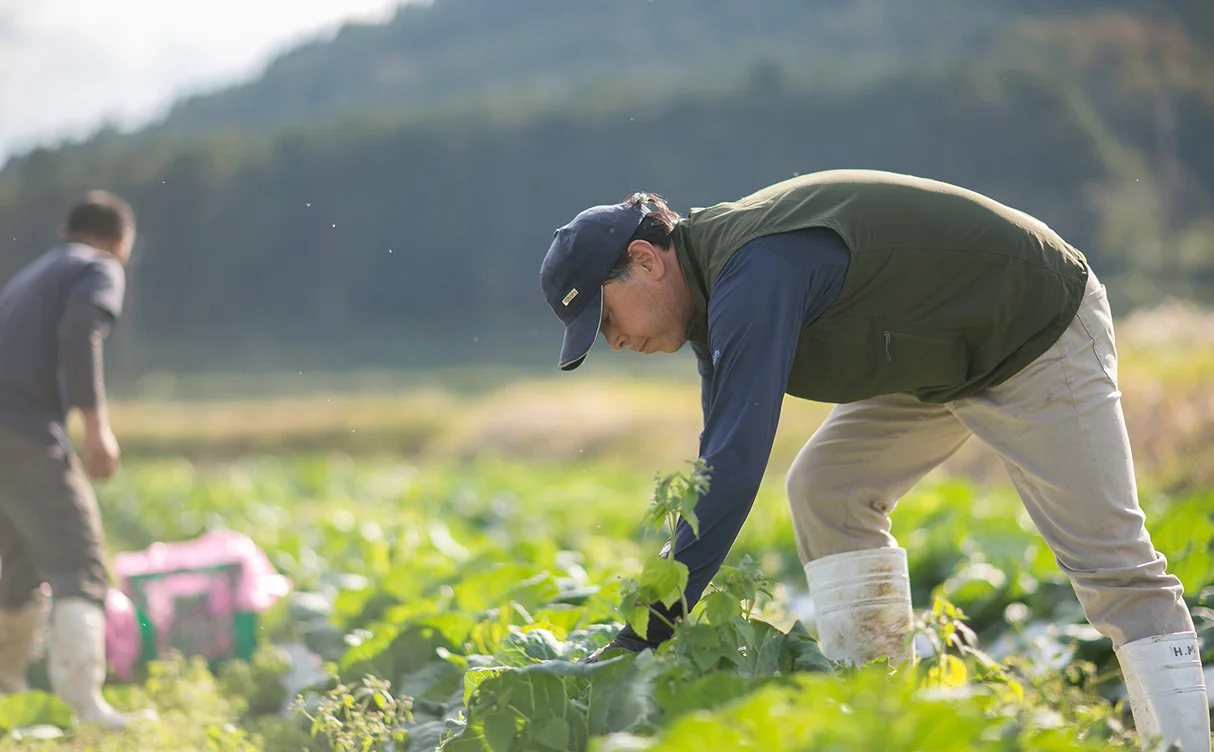
POINT 03
CONTRIBUTING TO FOOD INNOVATION
While global population growth continues to drive demand for greater efficiency in food production, the industrialization and standardization of the primary sector has also created challenges, including increased food waste and the depletion of natural resources. Design that promotes food innovation can solve these imbalances, and shape a future where food systems support the health and well-being of all.
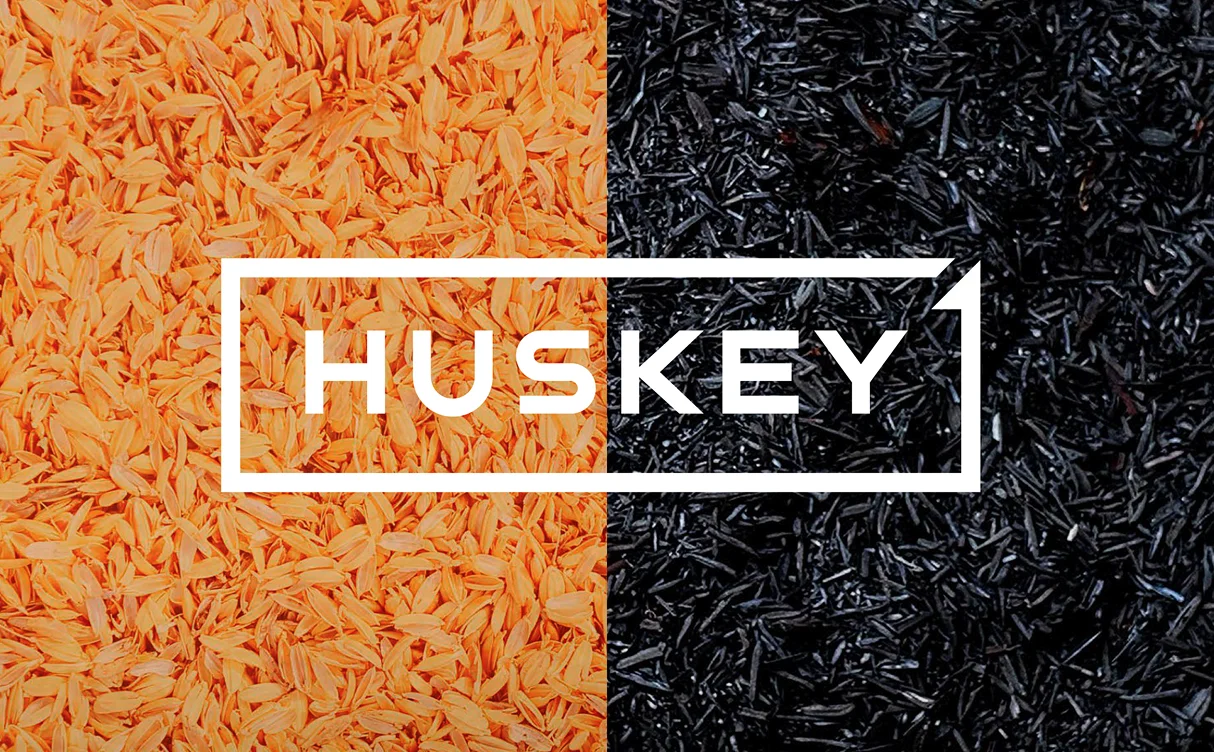
RESULTS
RESULTS THROUGH
FOOD DESIGN
RESULTS THROUGH
FOOD DESIGN

Joined a circular agriculture startup from its founding, developing and designing rice husk carbonization equipment to contribute to the shift toward sustainable farming.
HUSKEY
DESIGN CASES
“
Evolutional Creativity – Eisuke Tachikawa

































